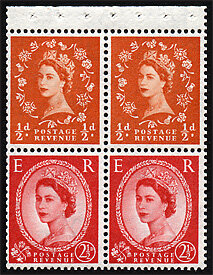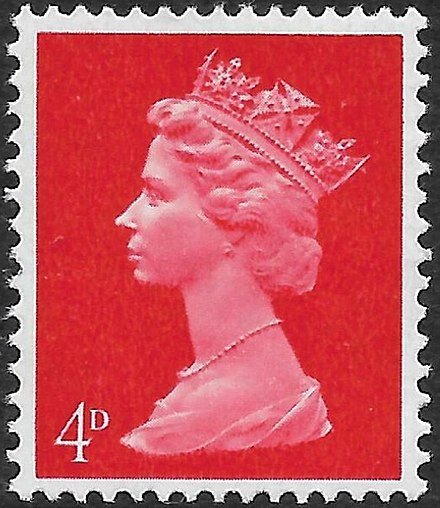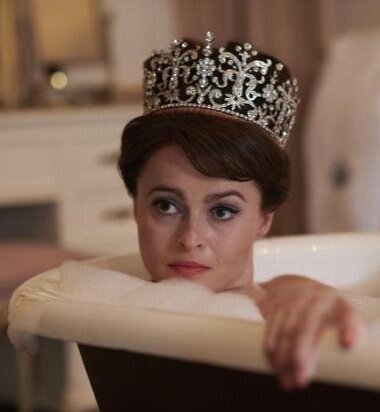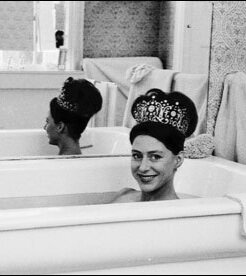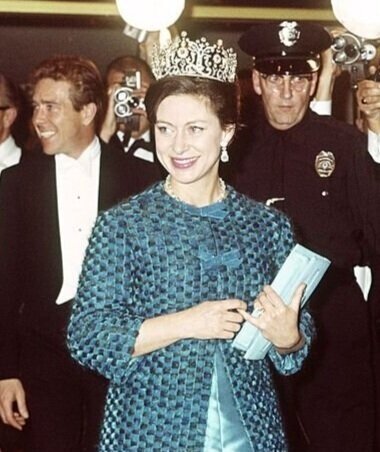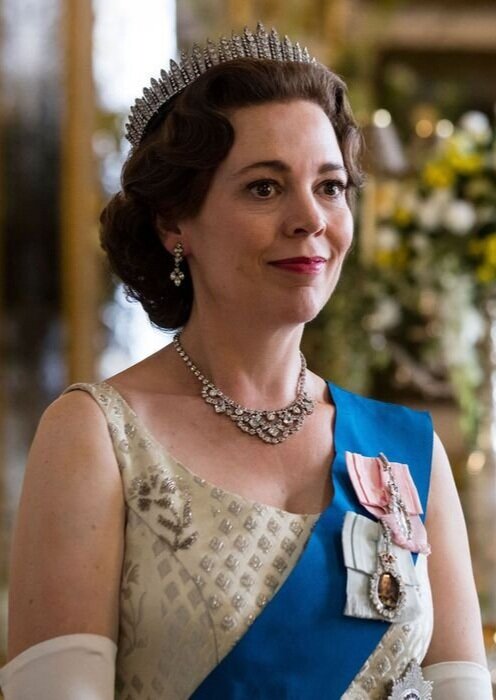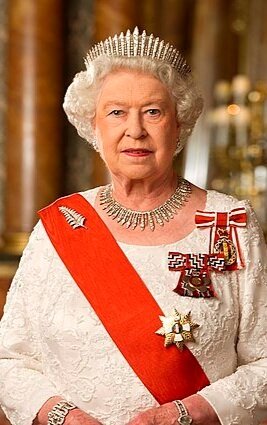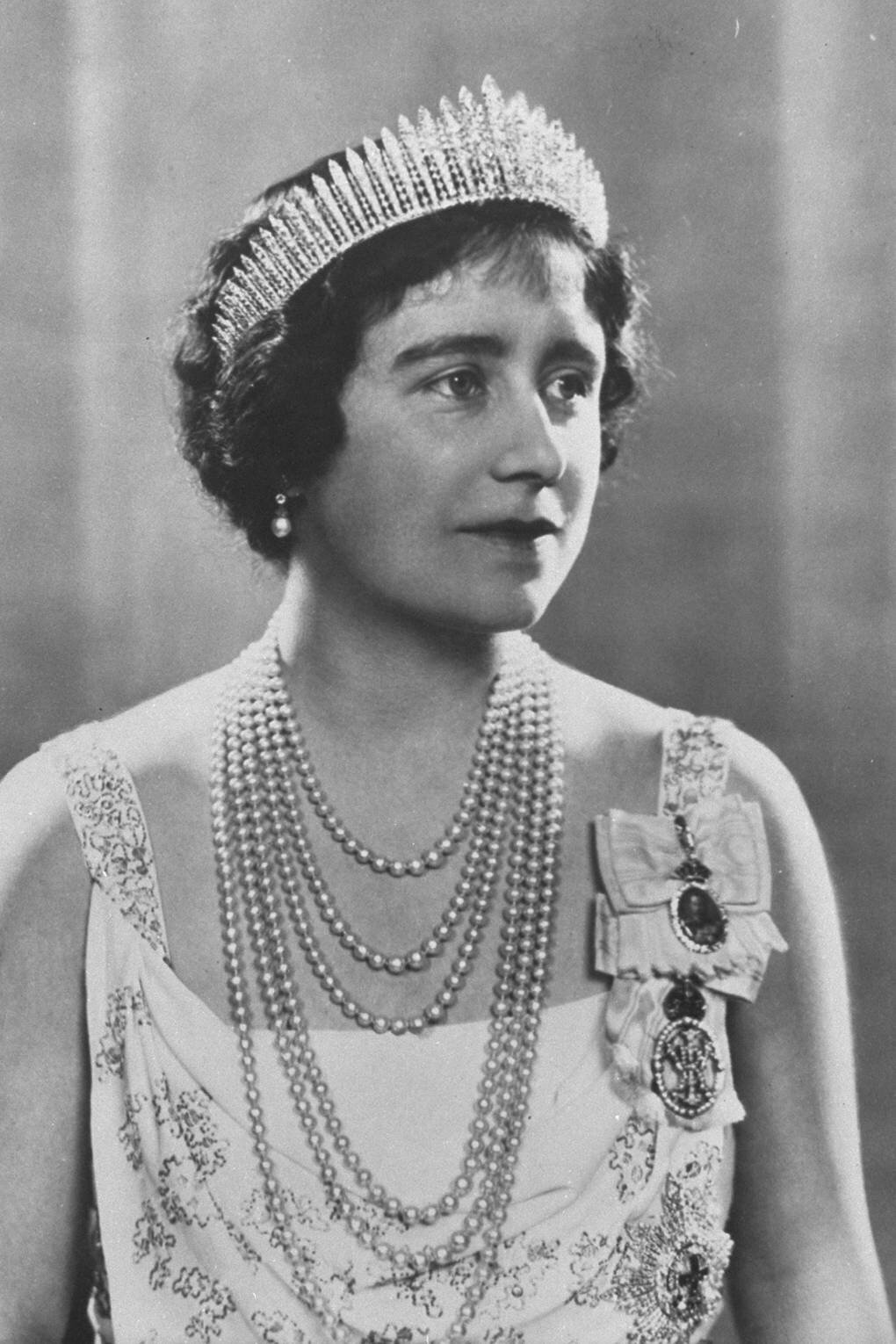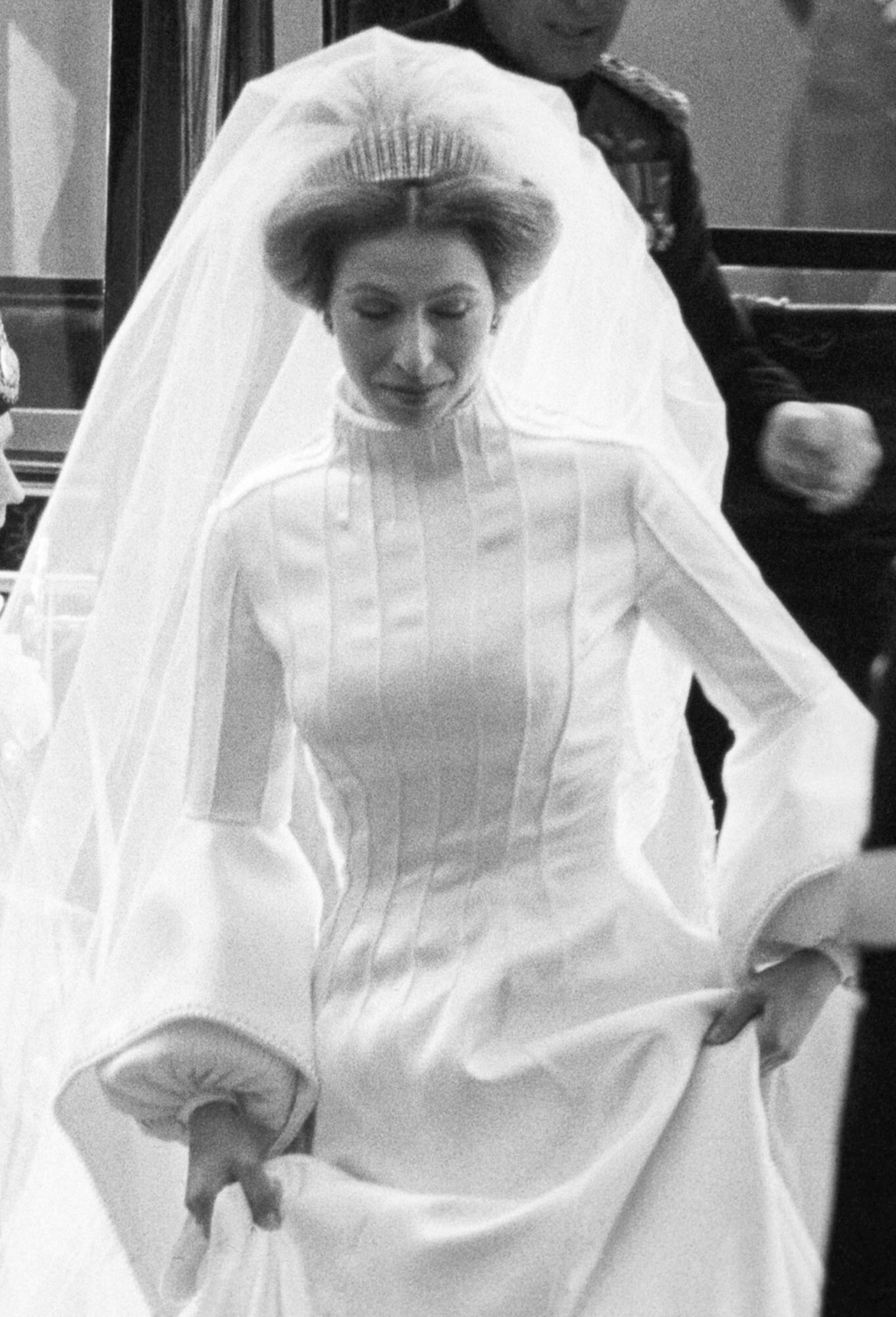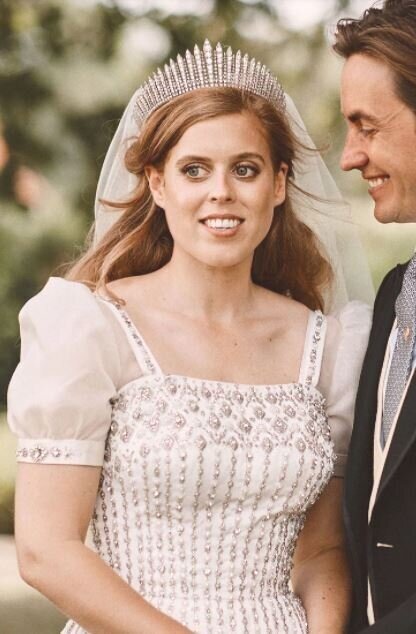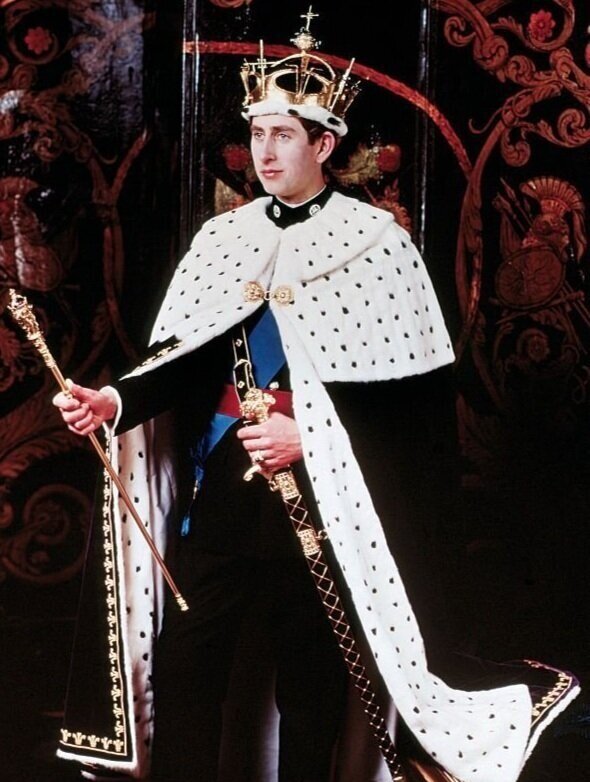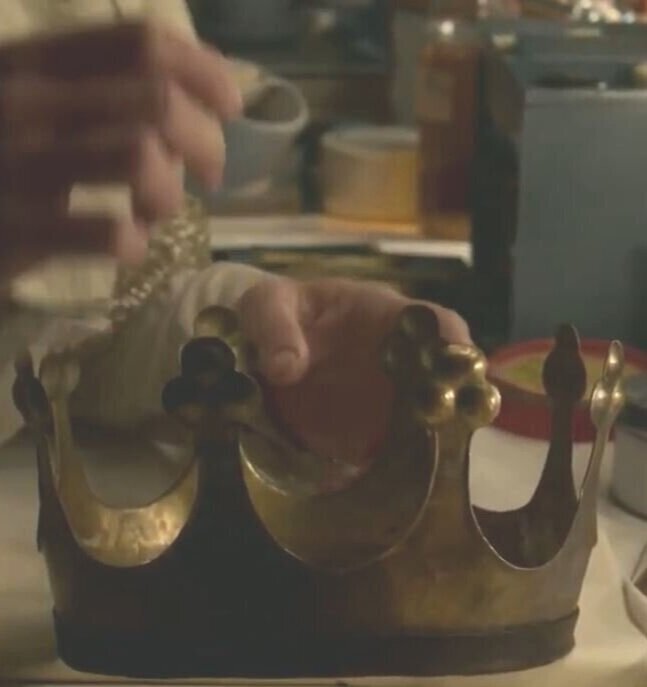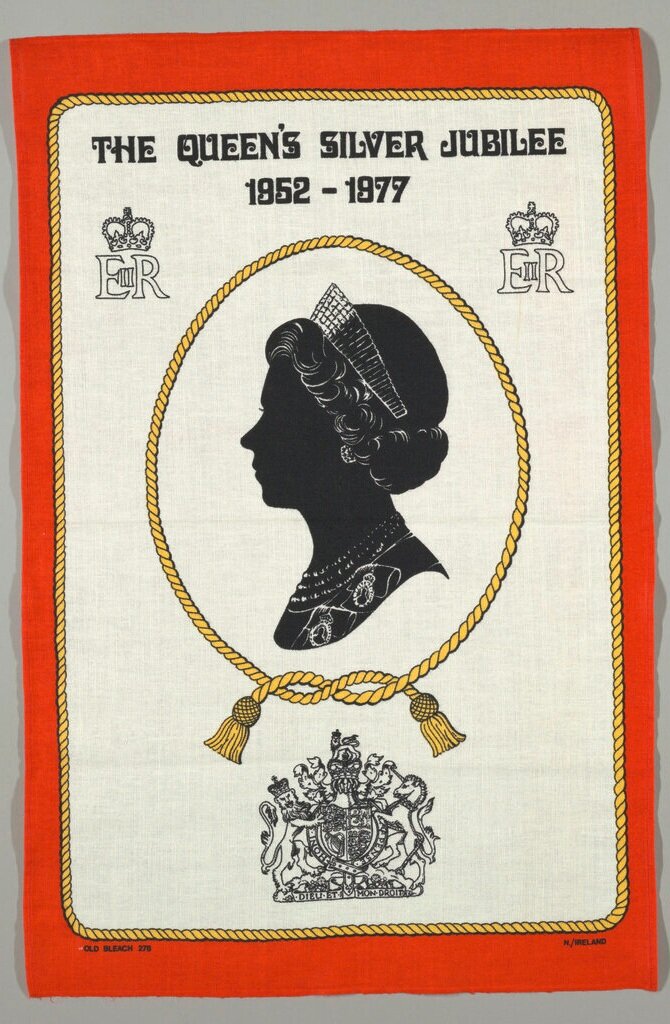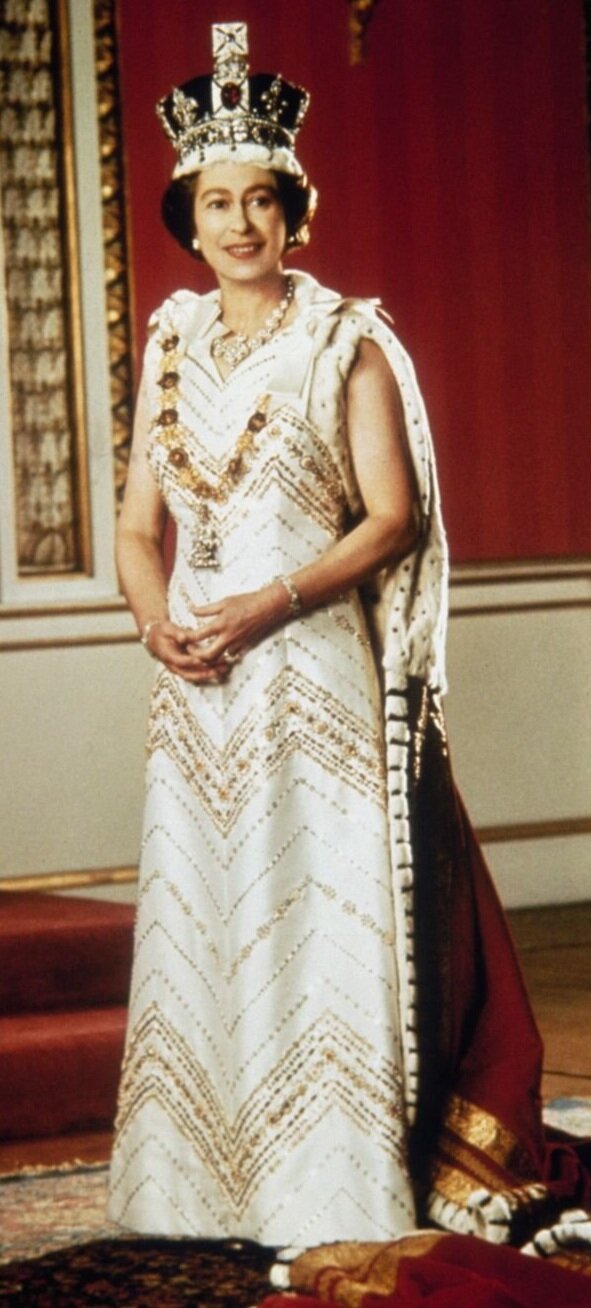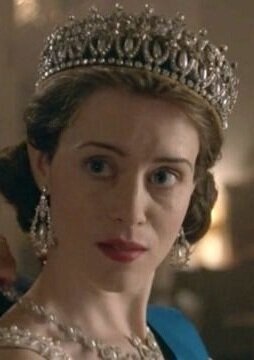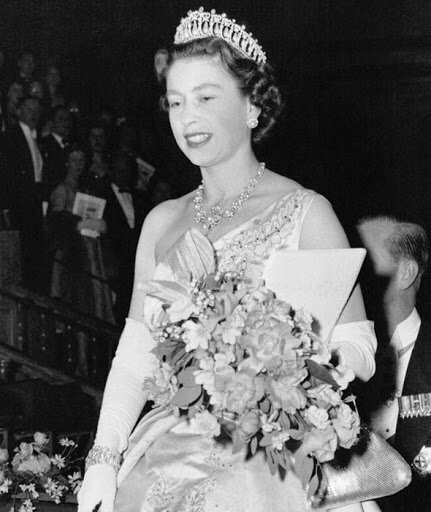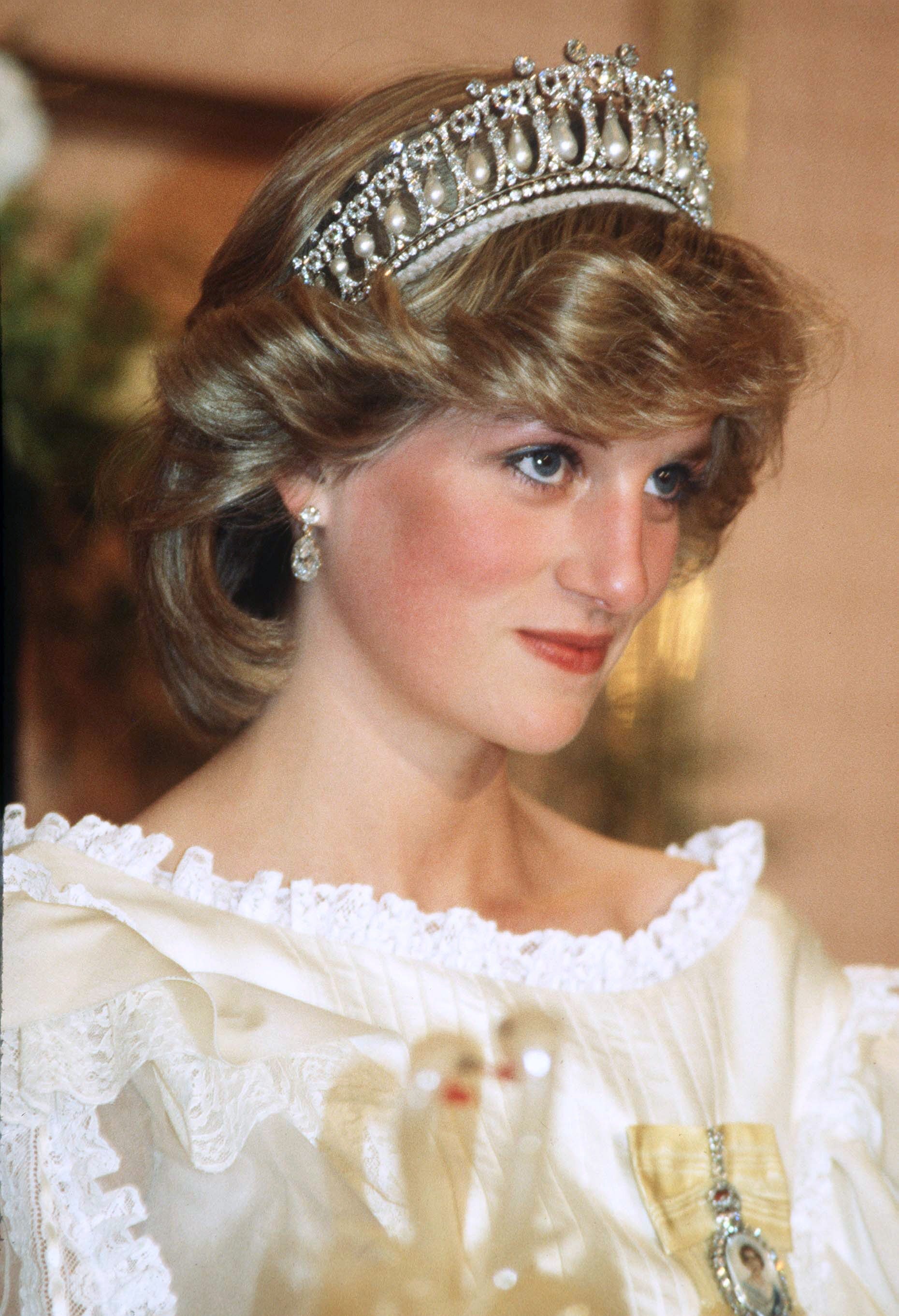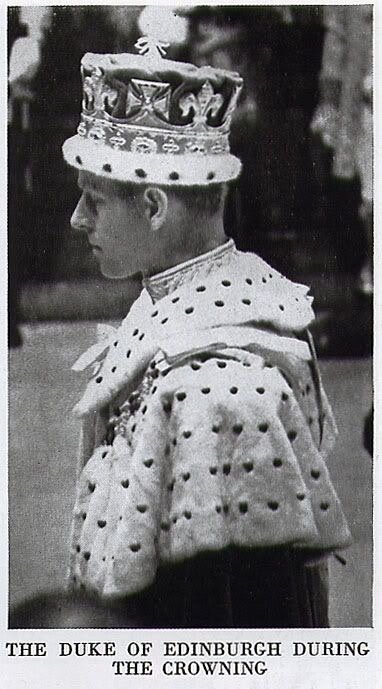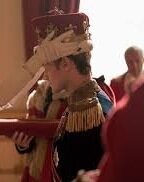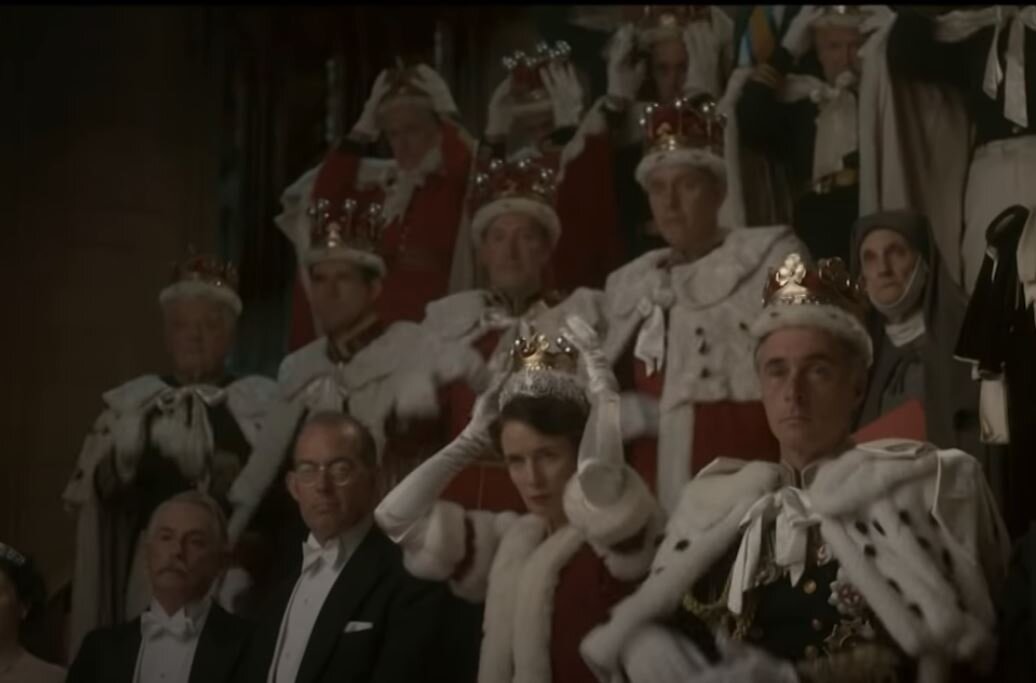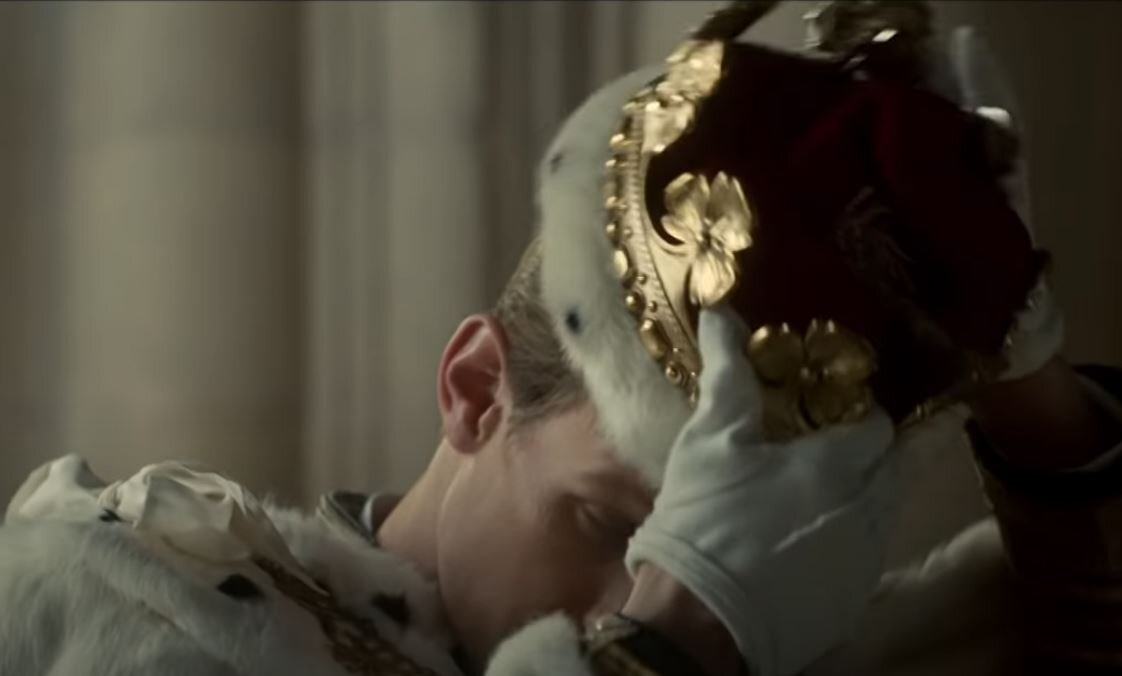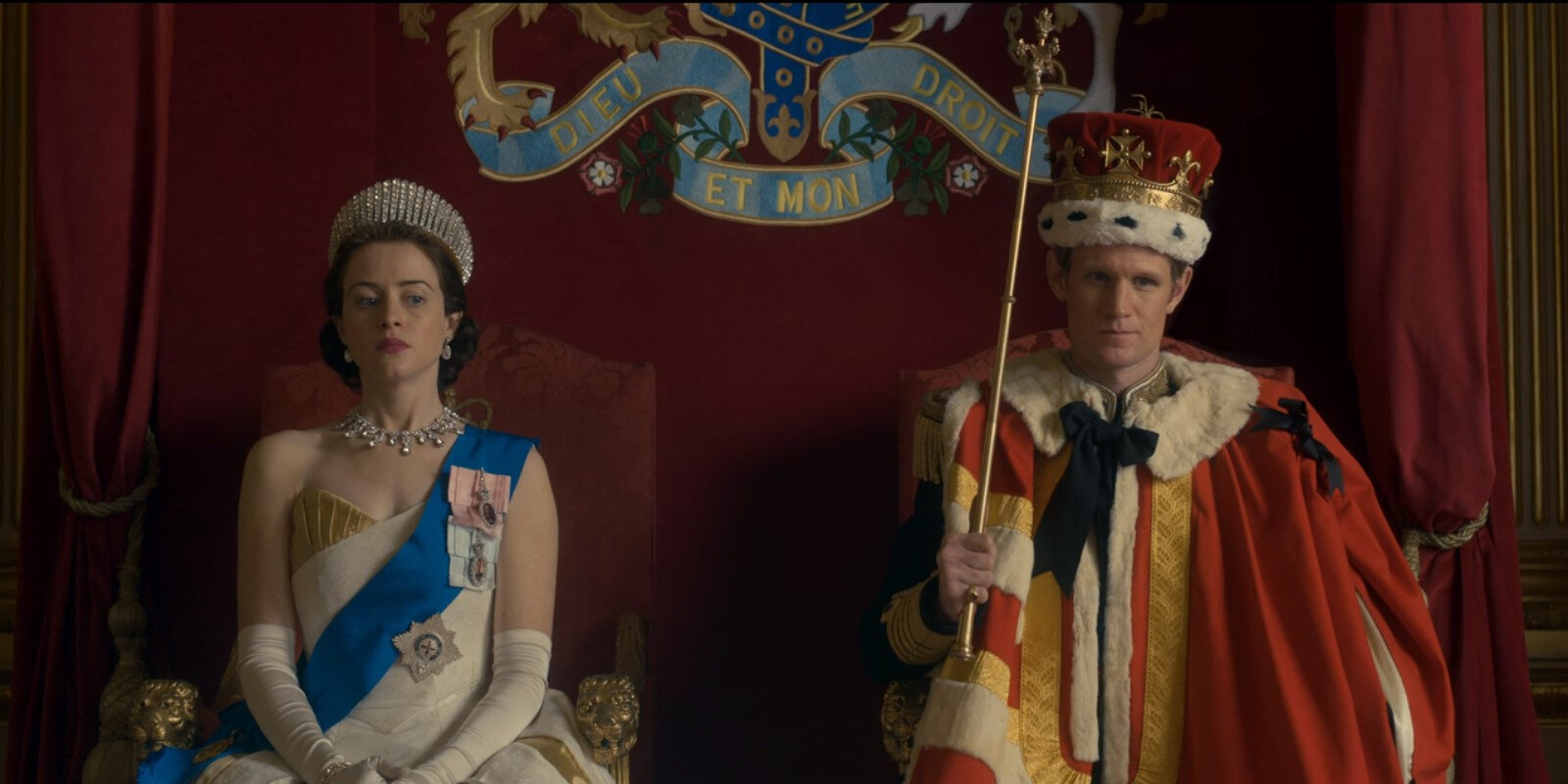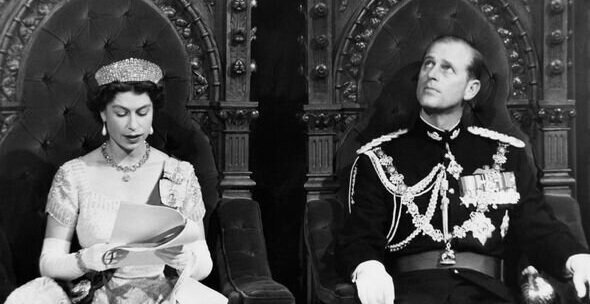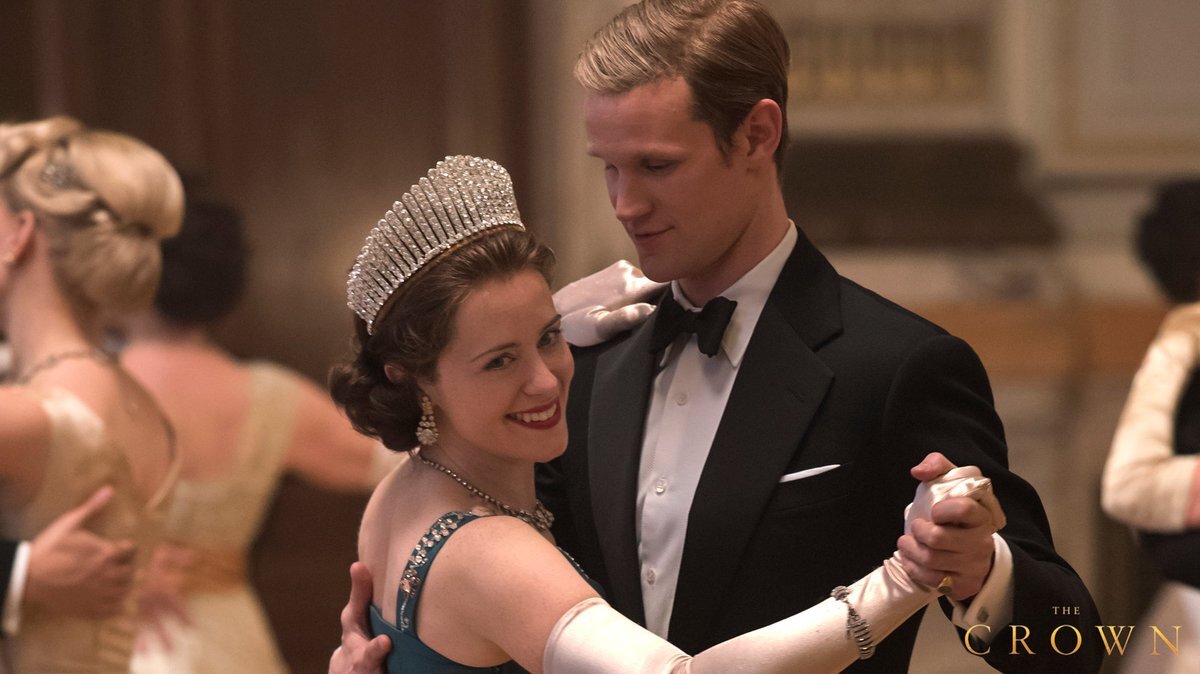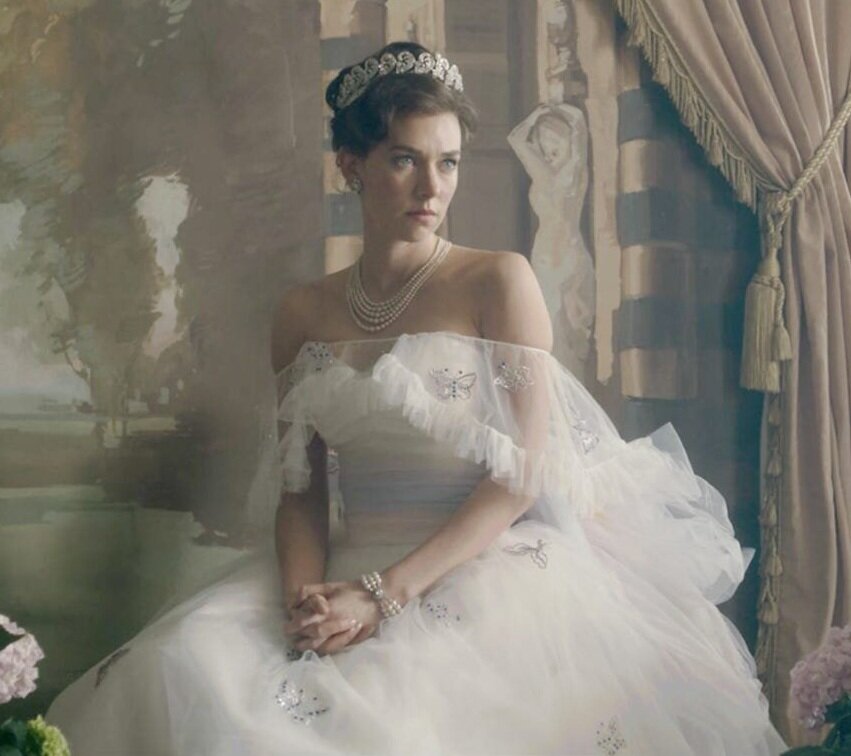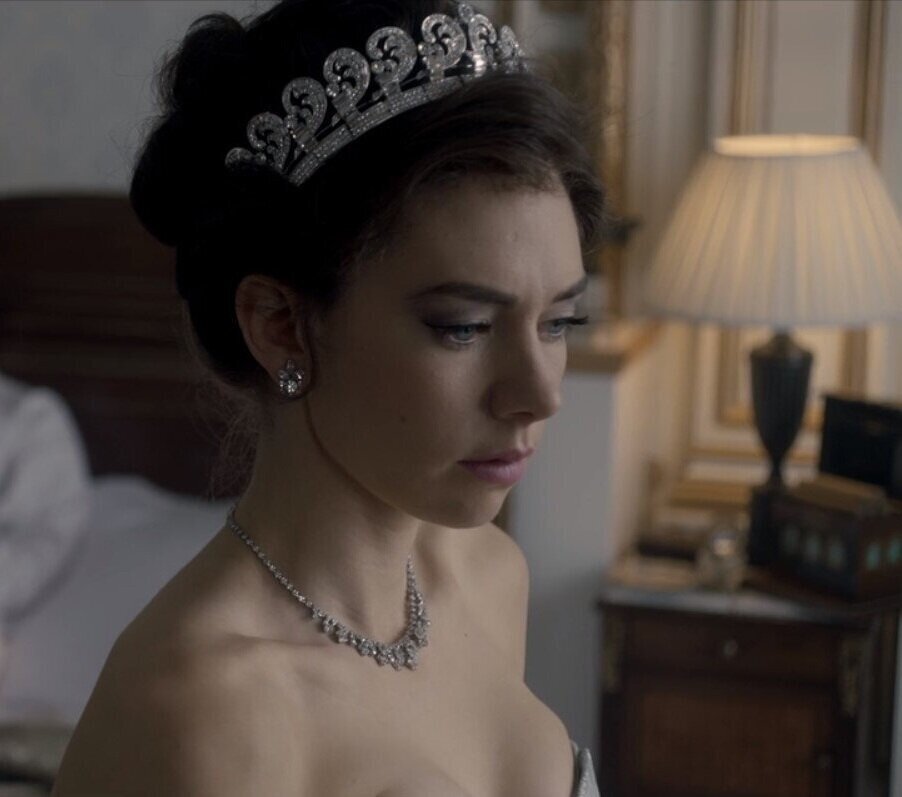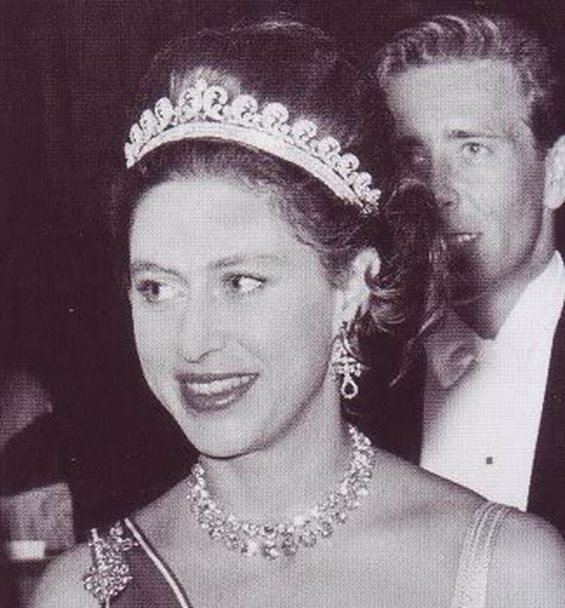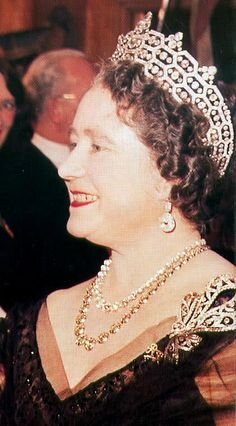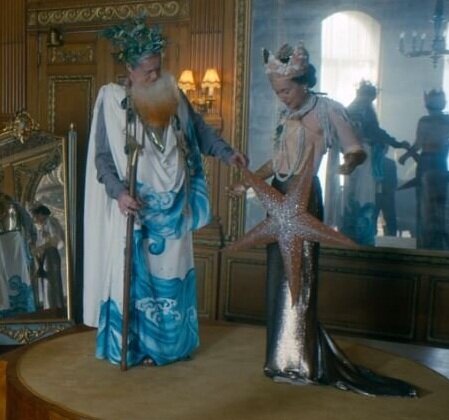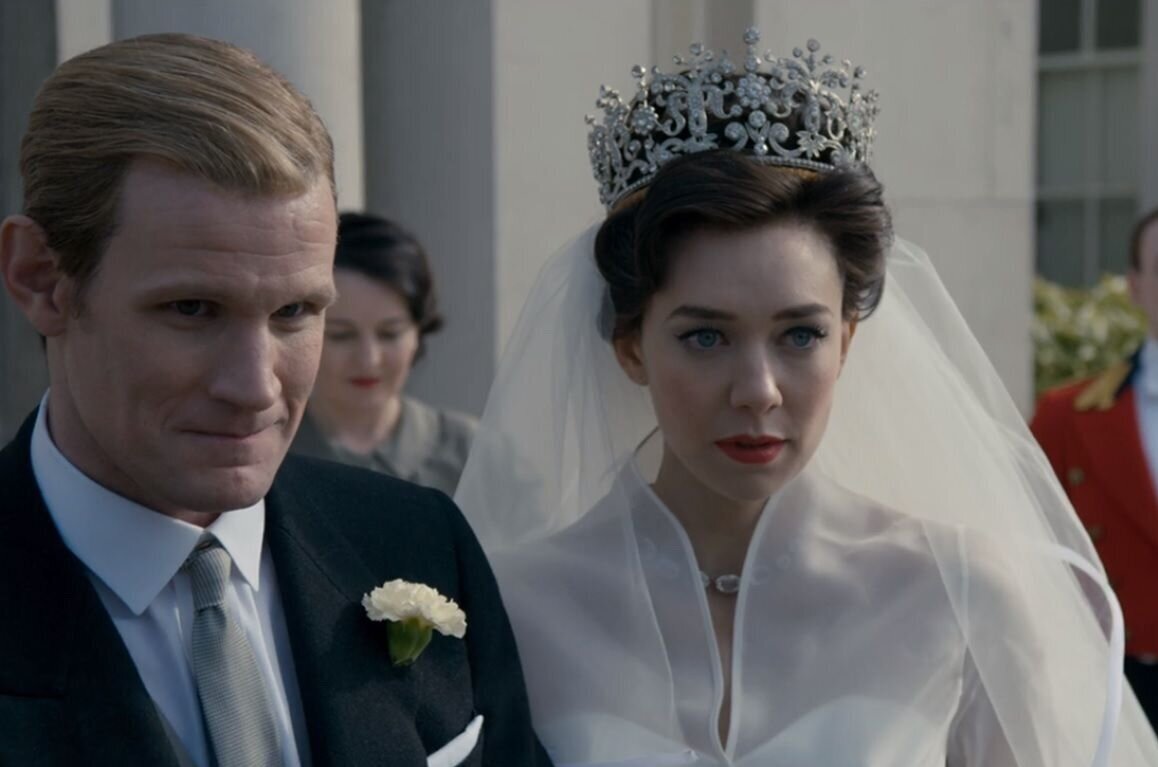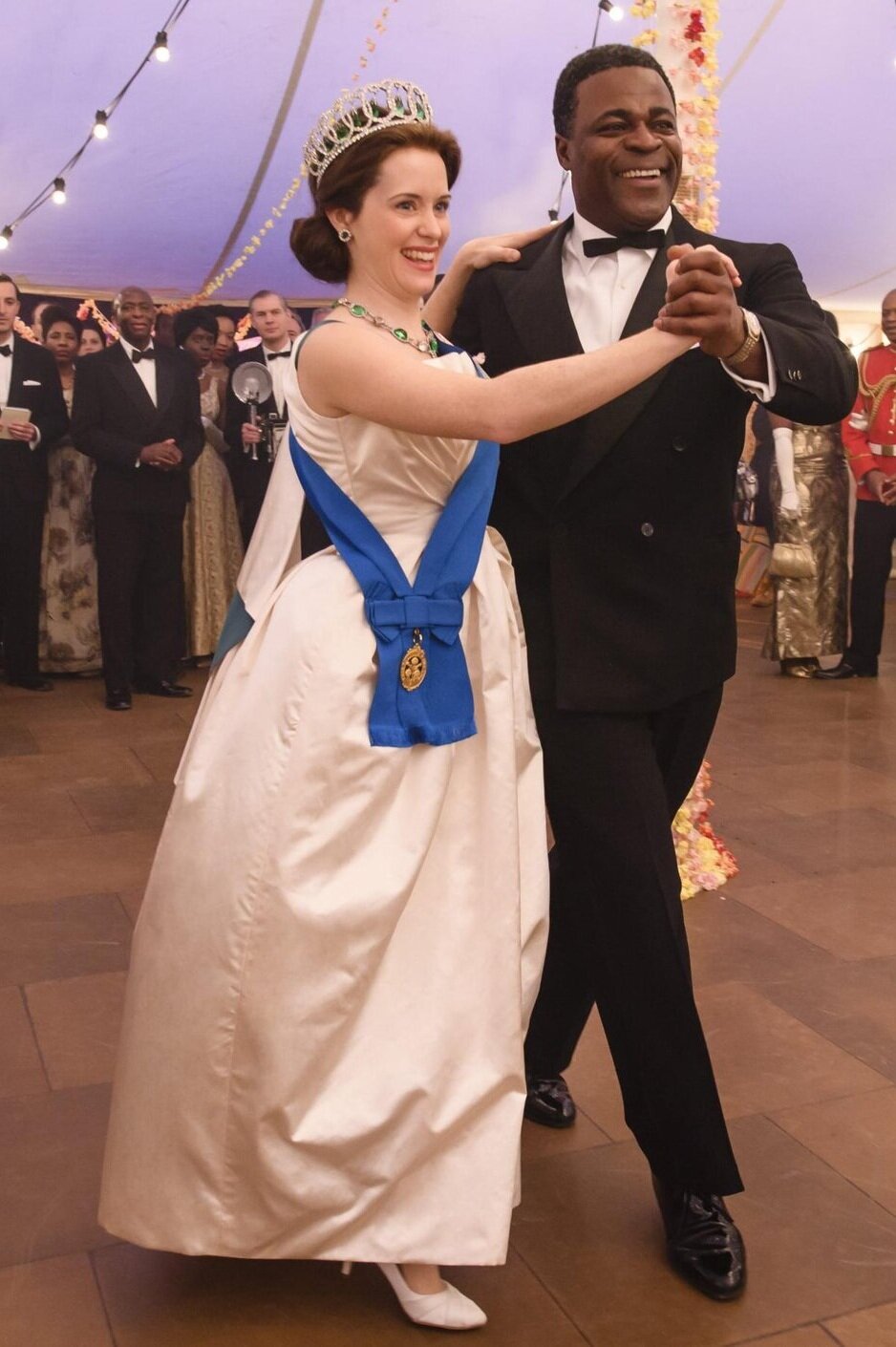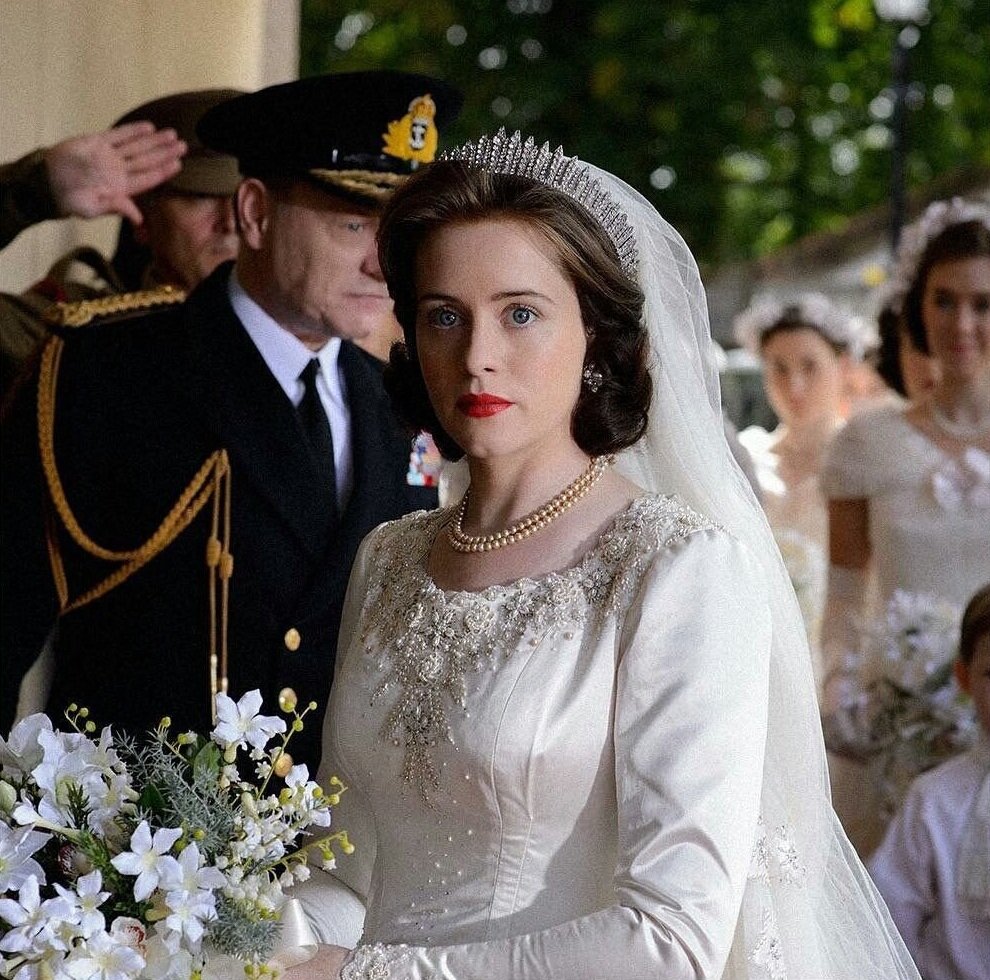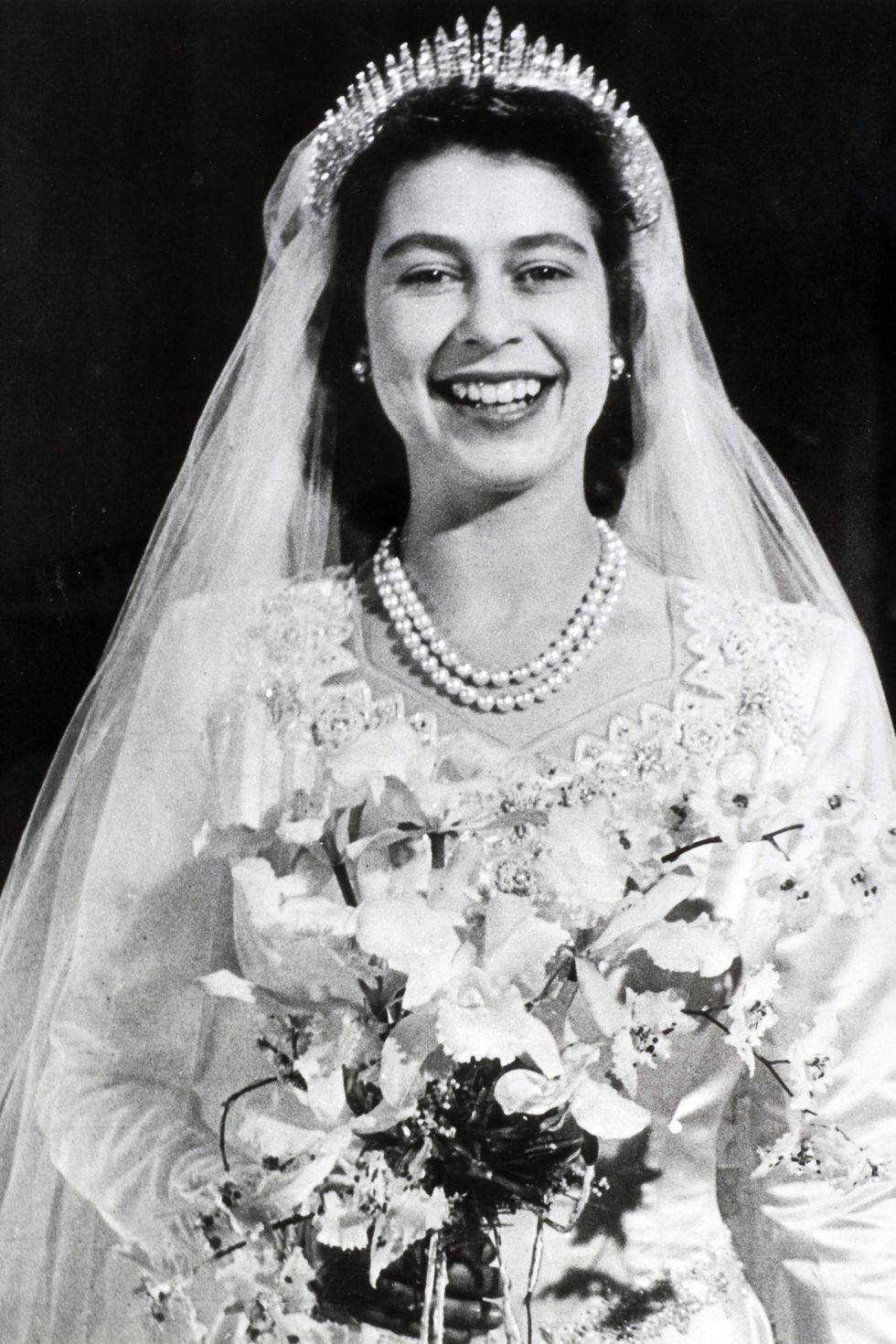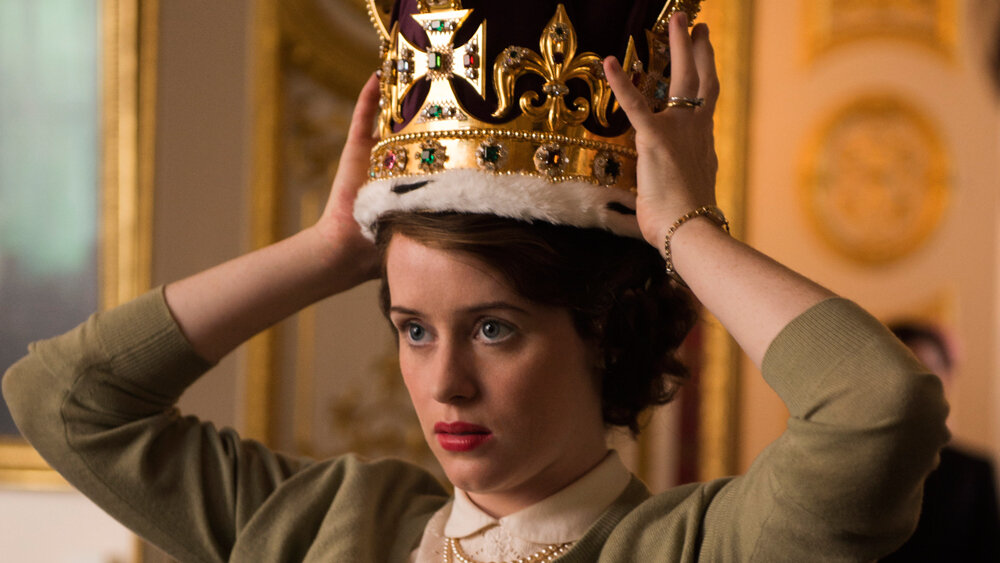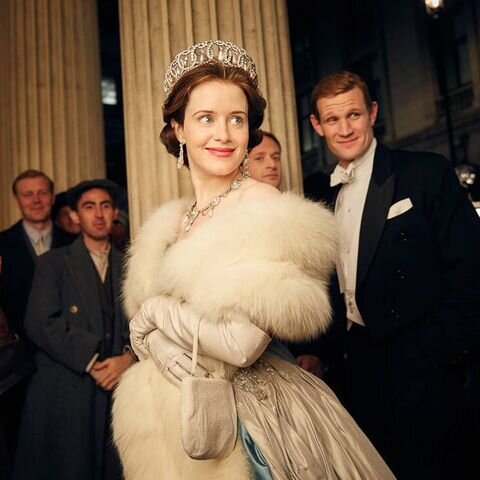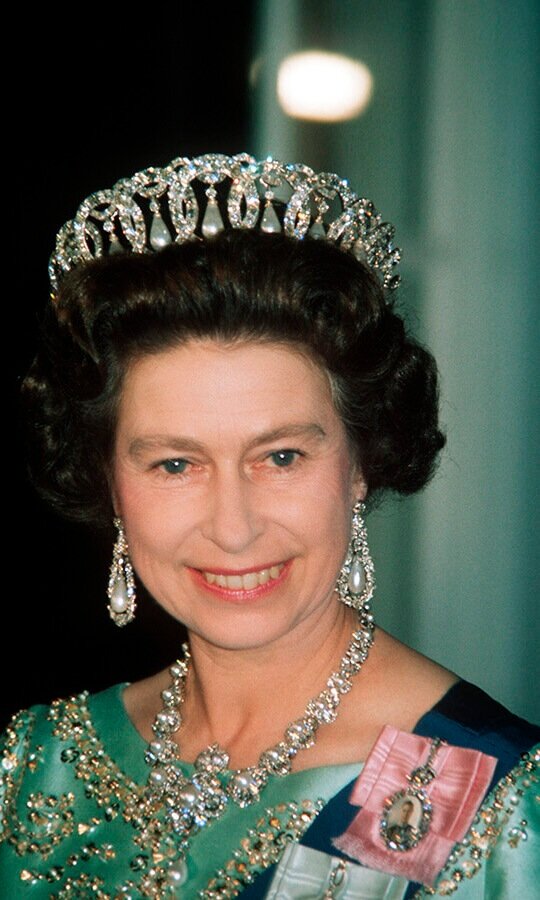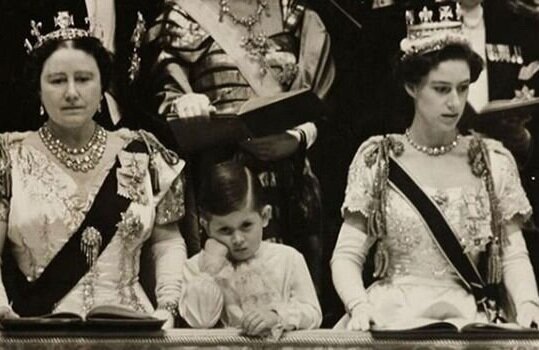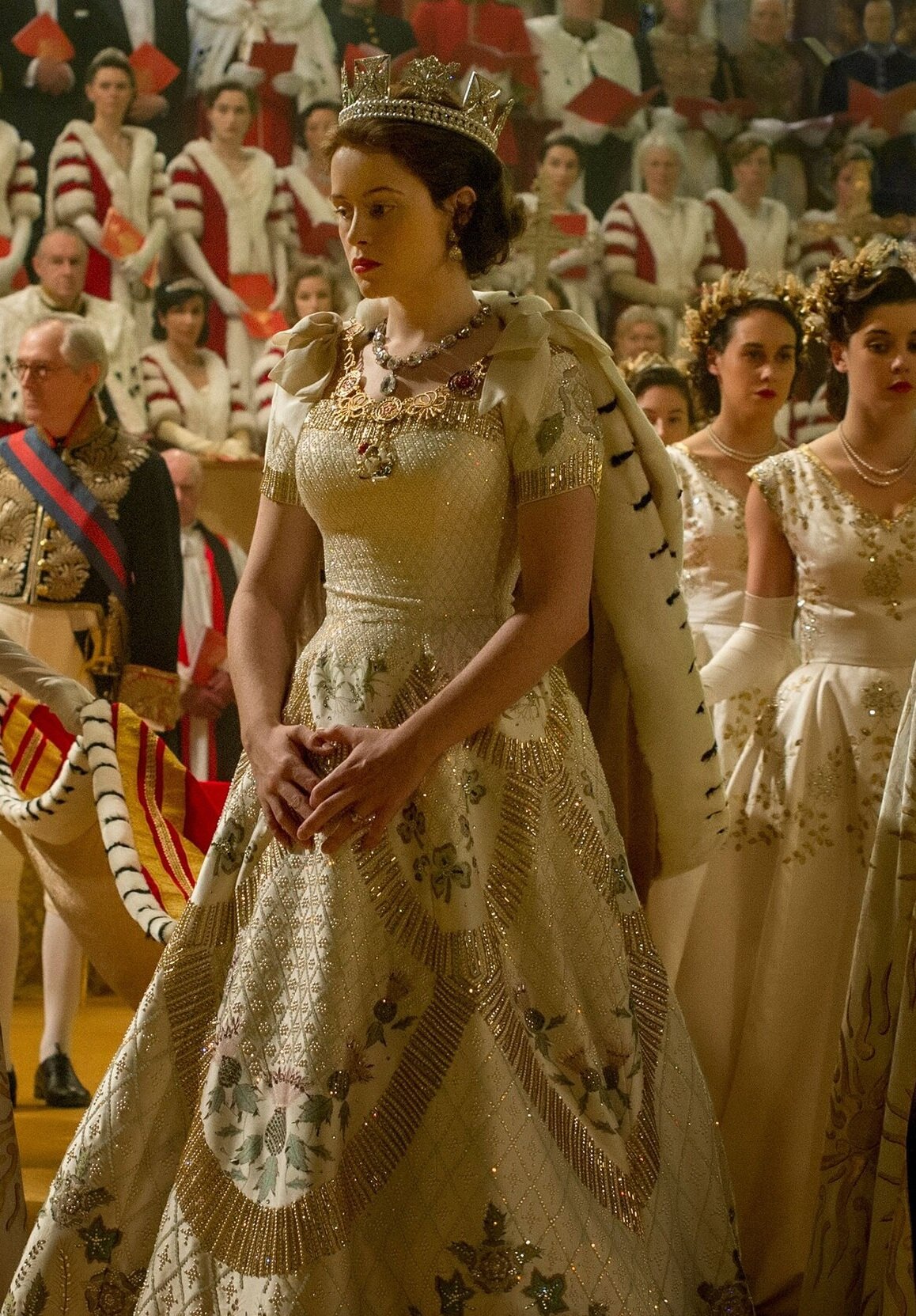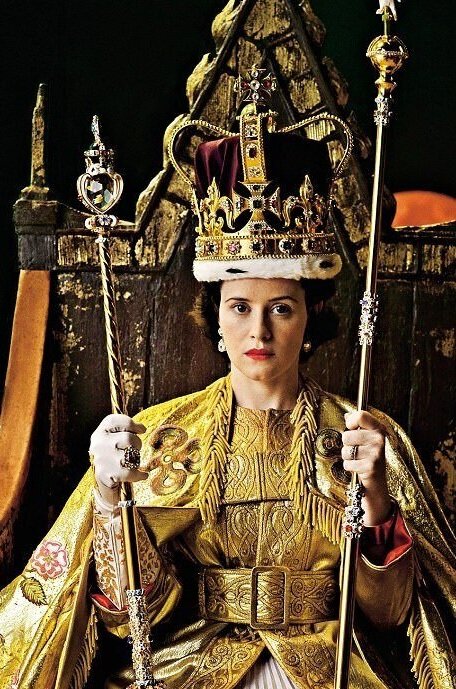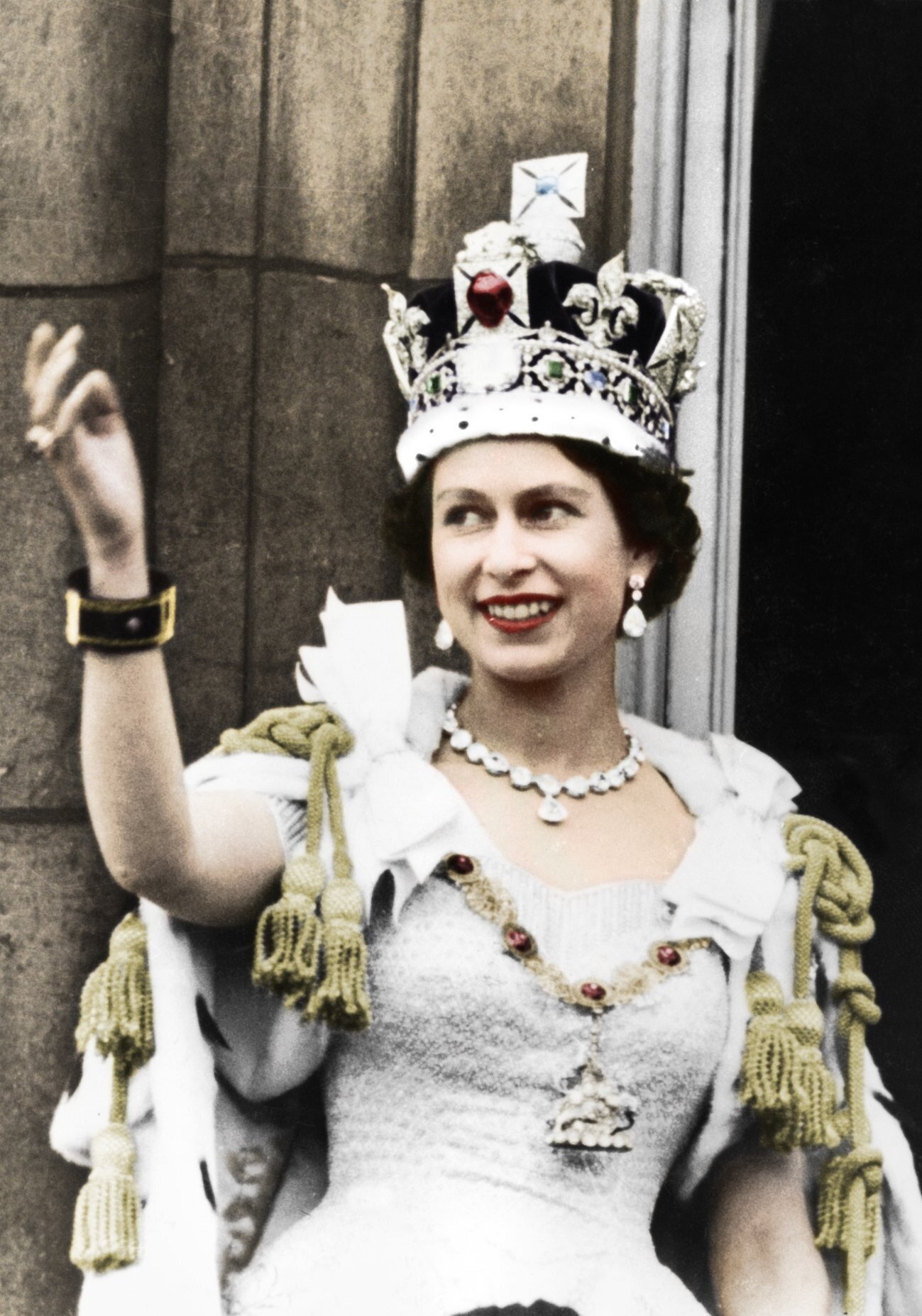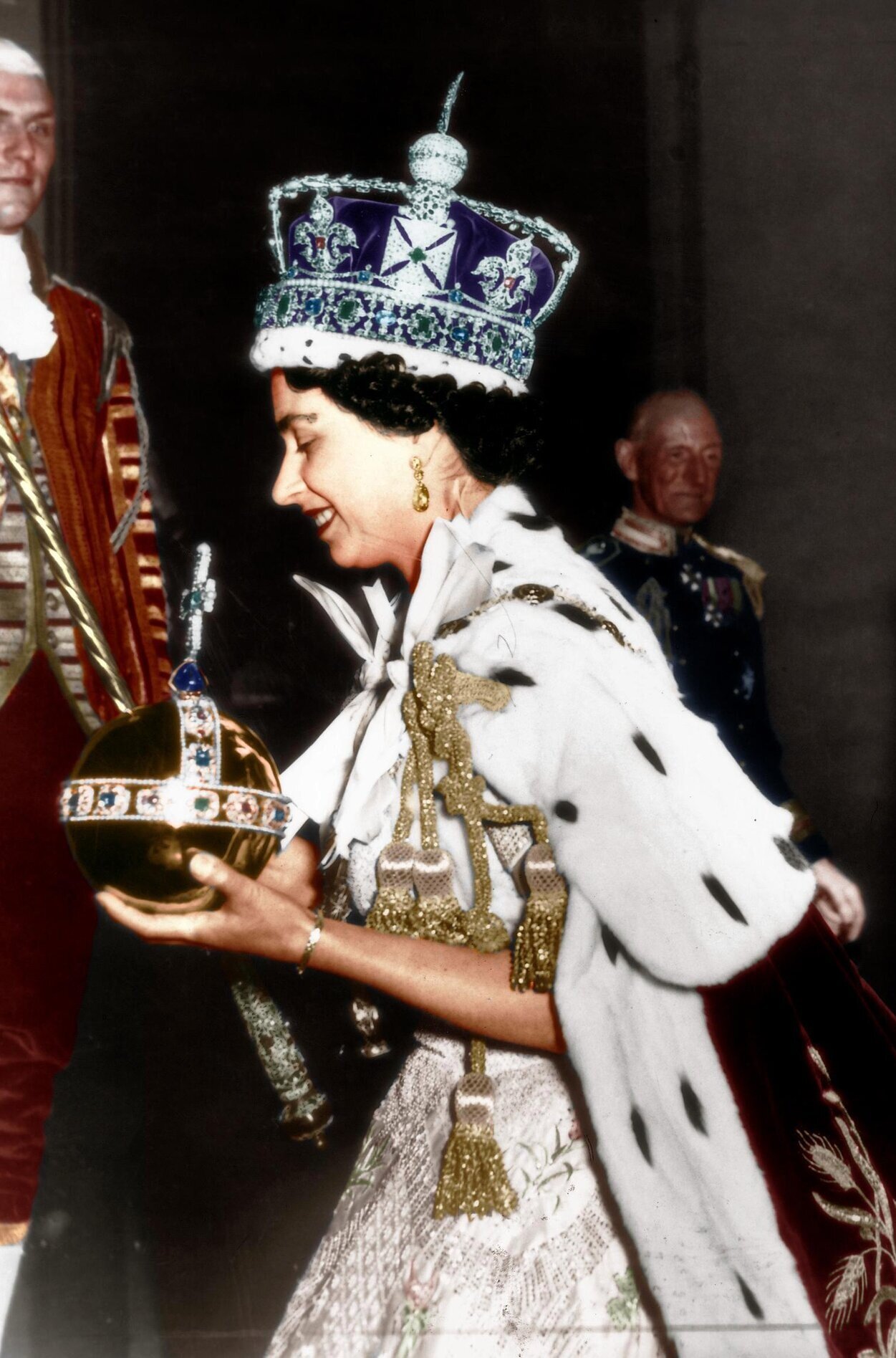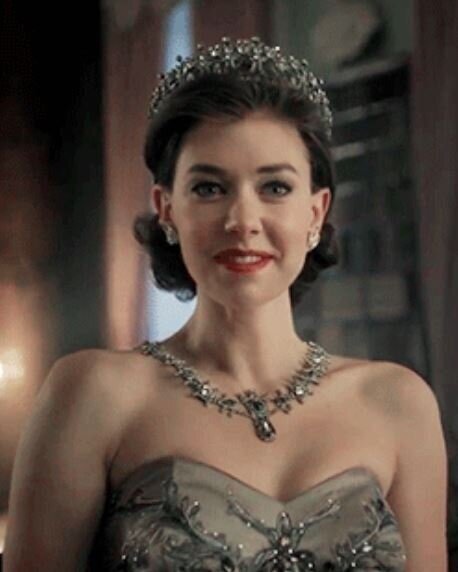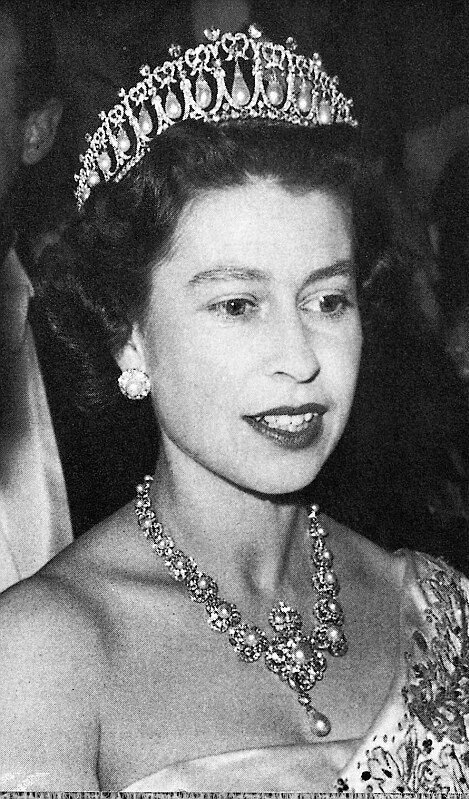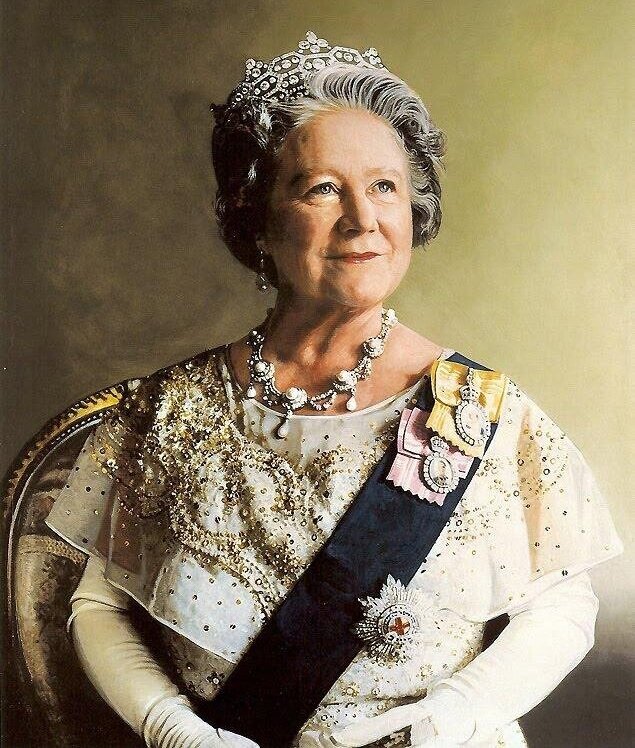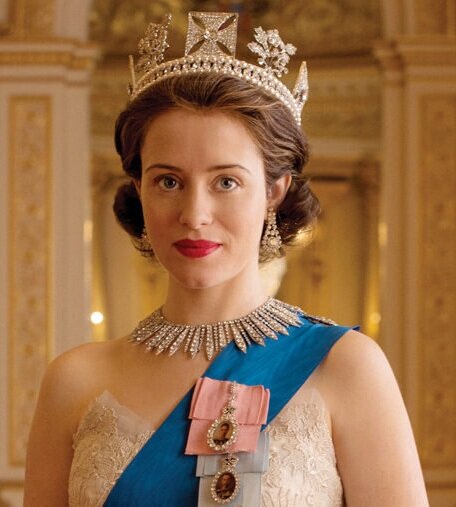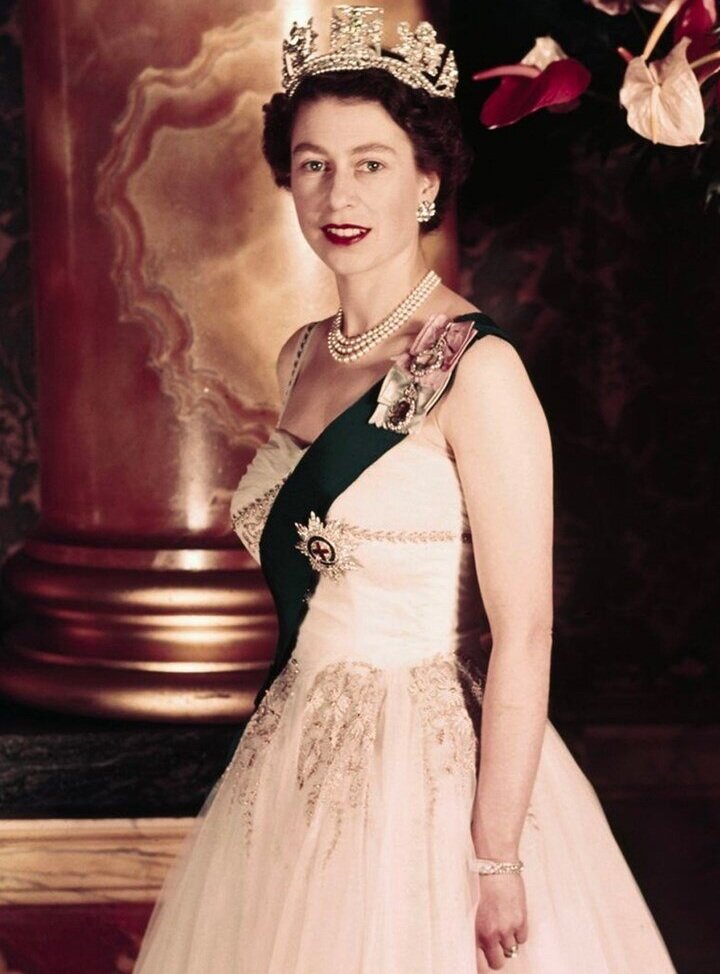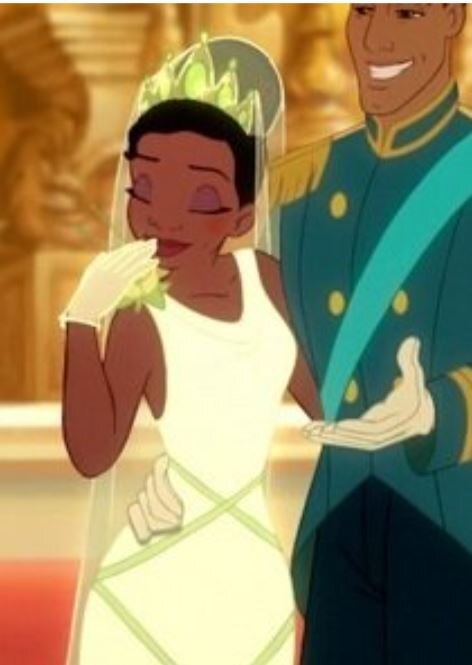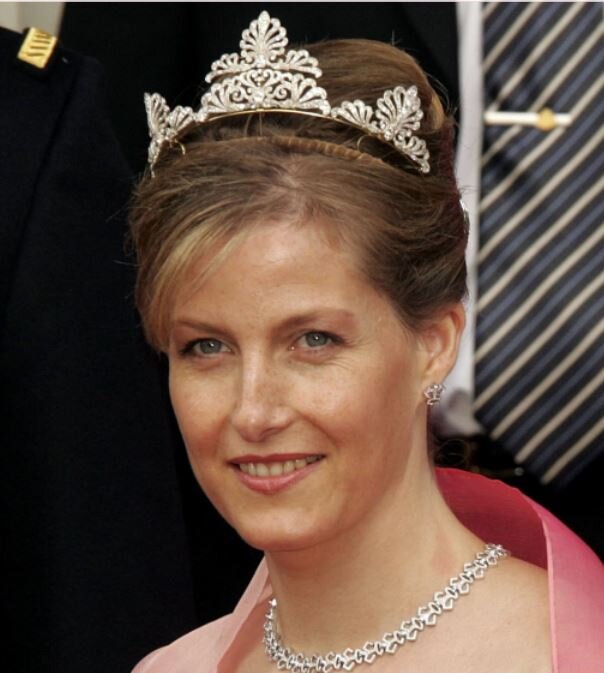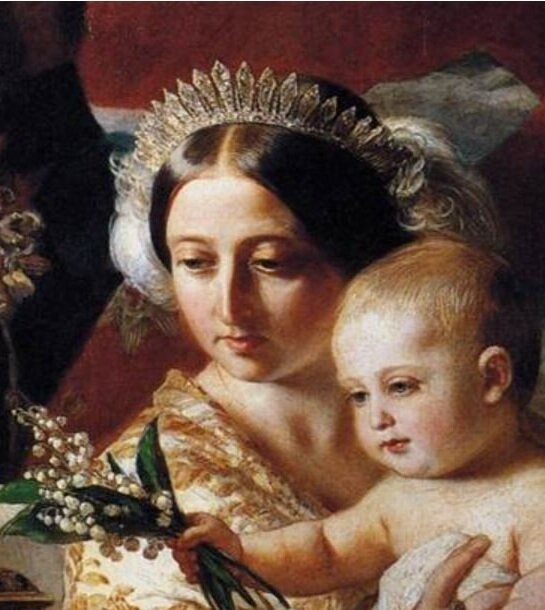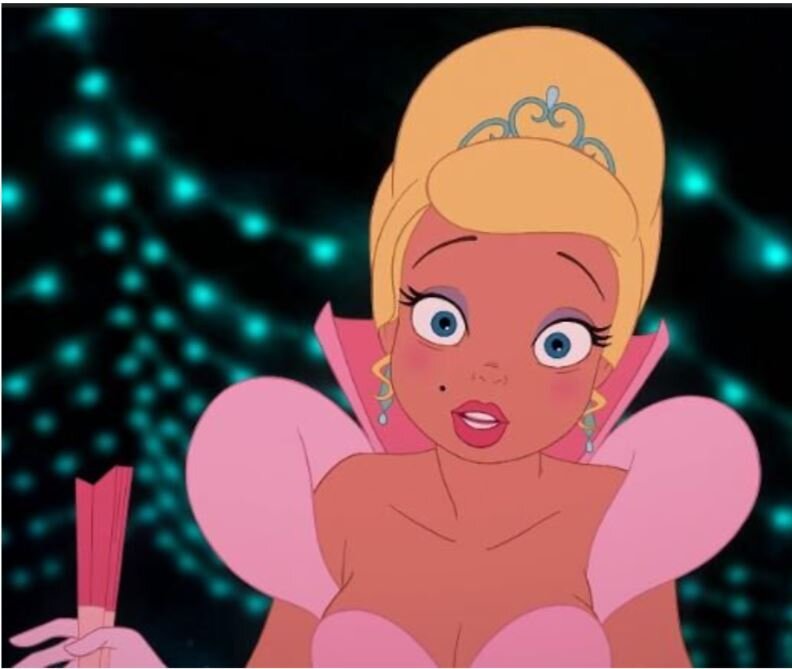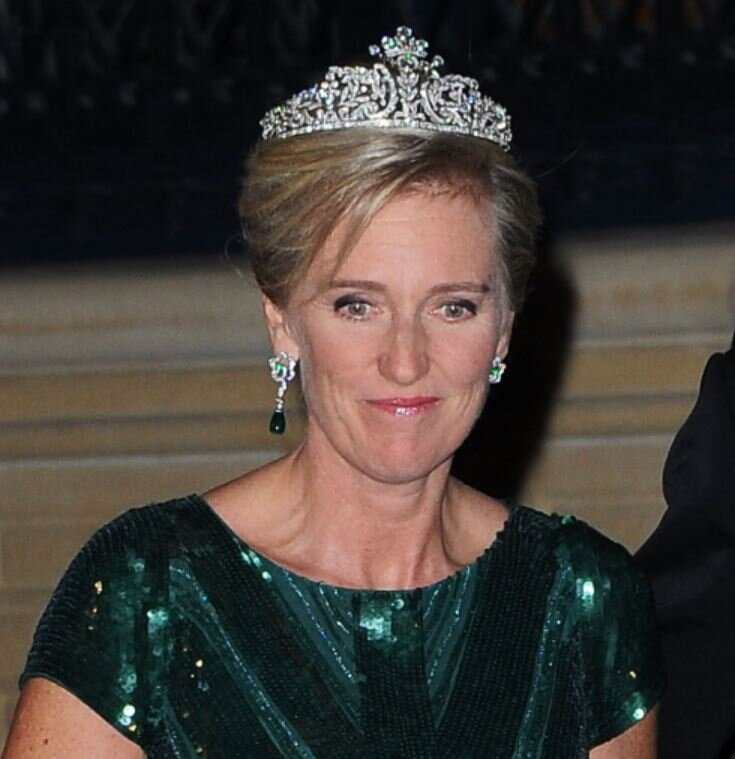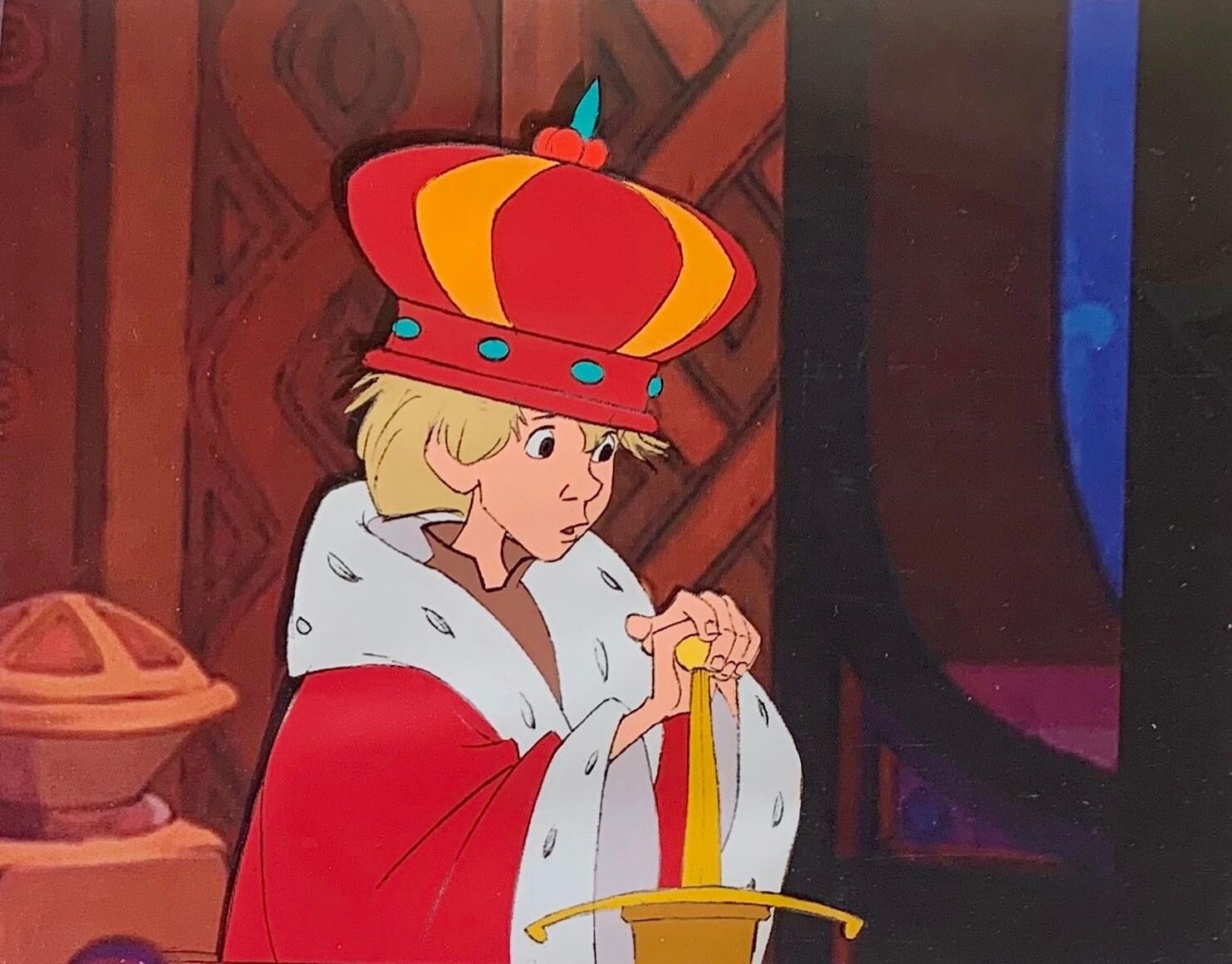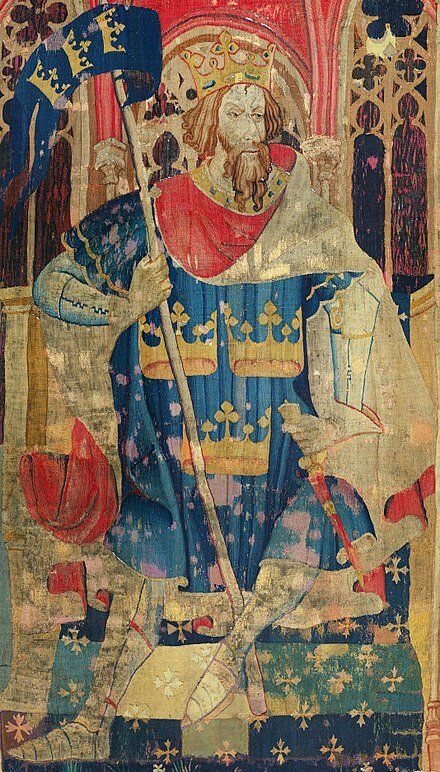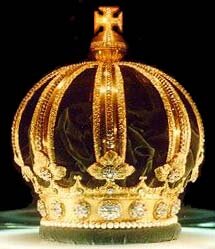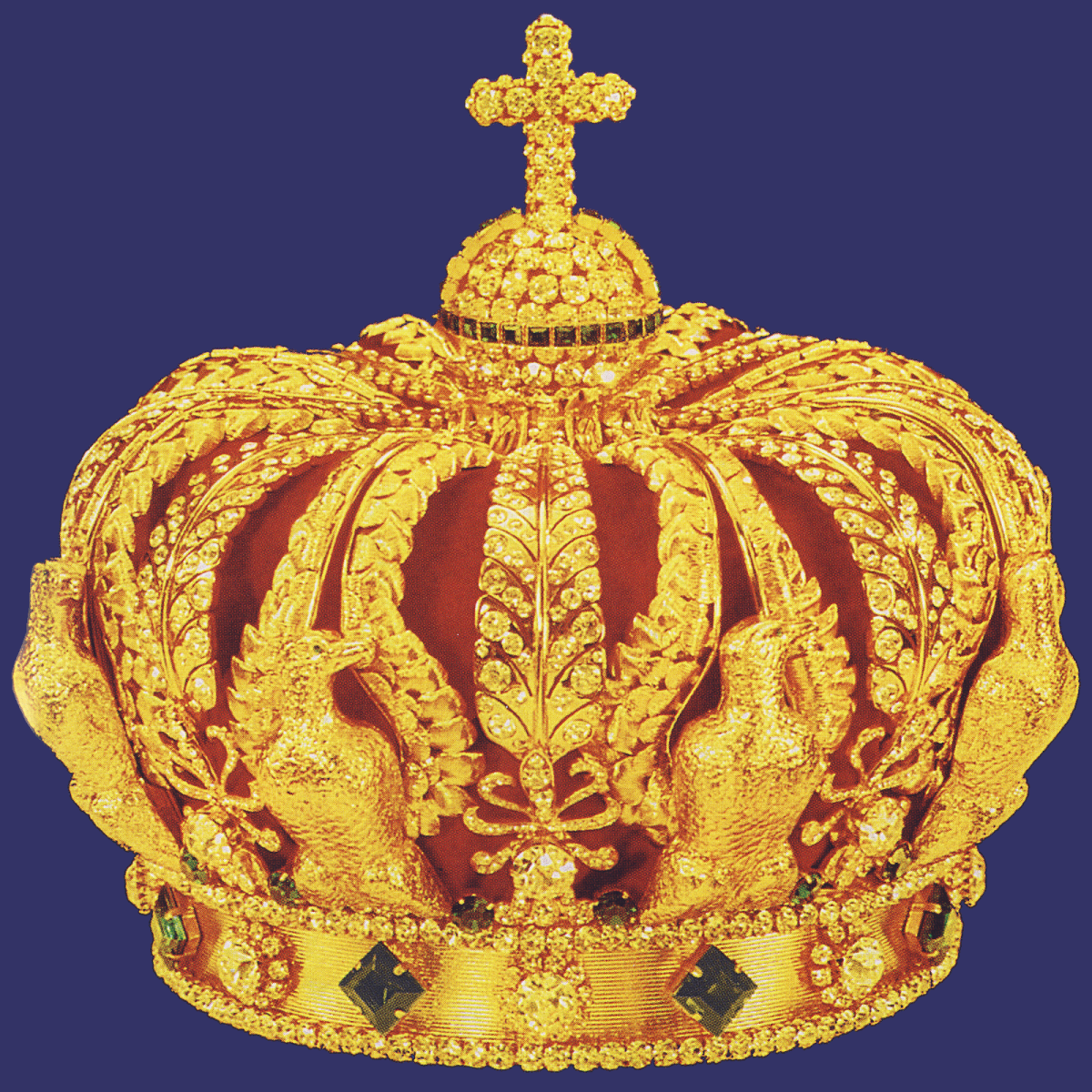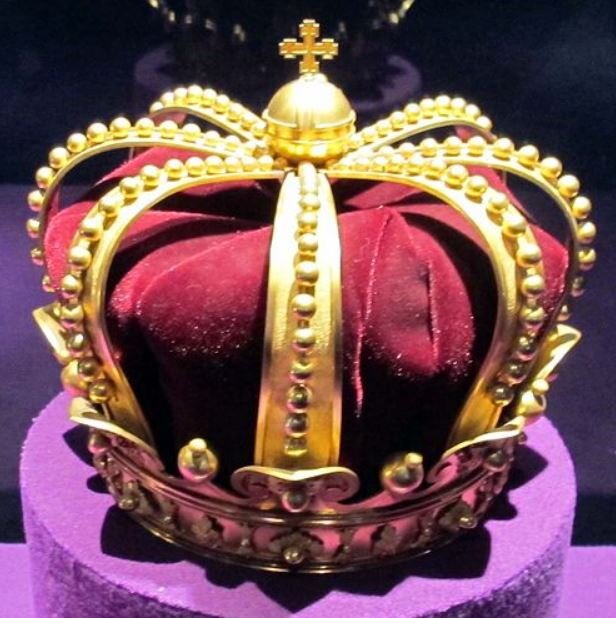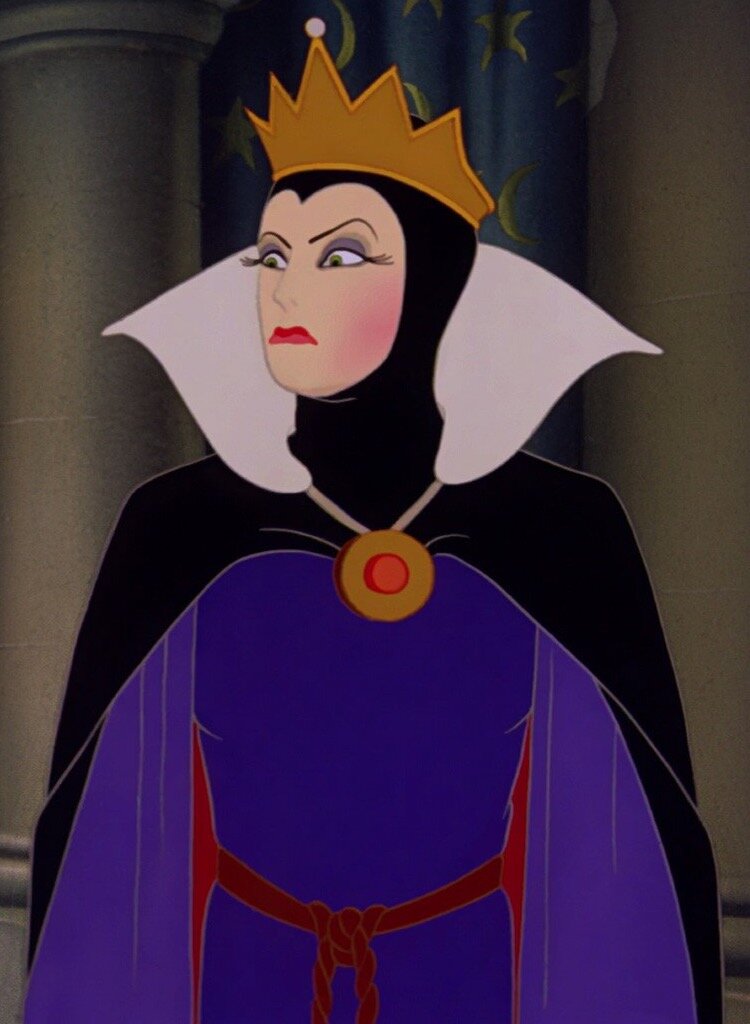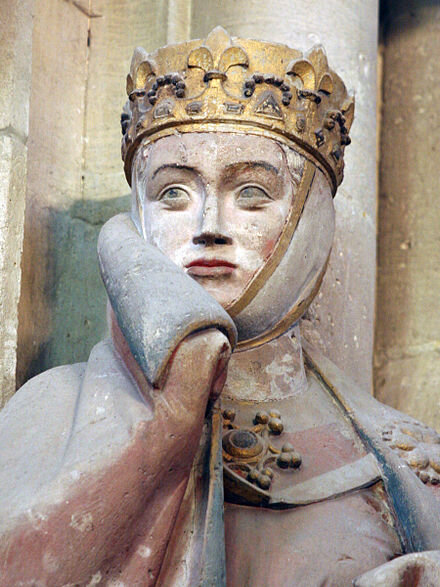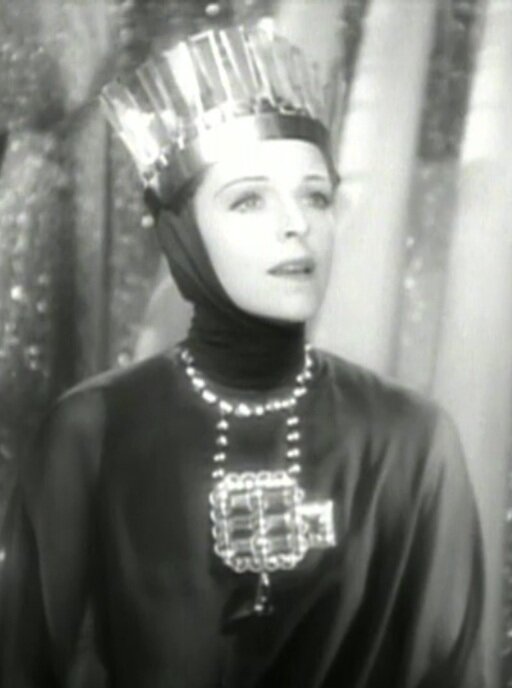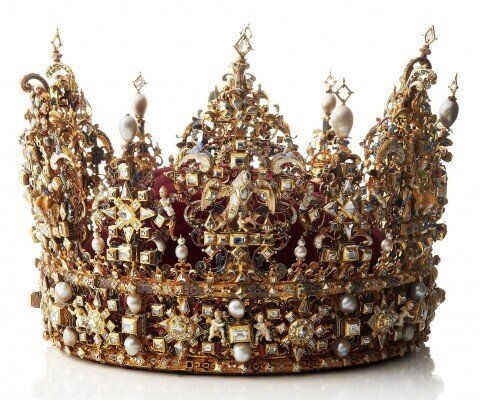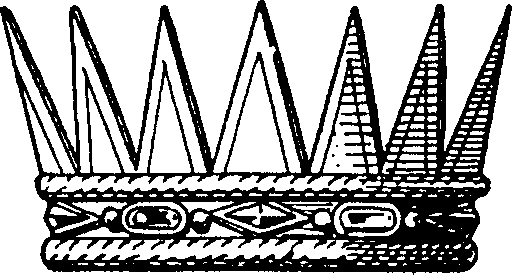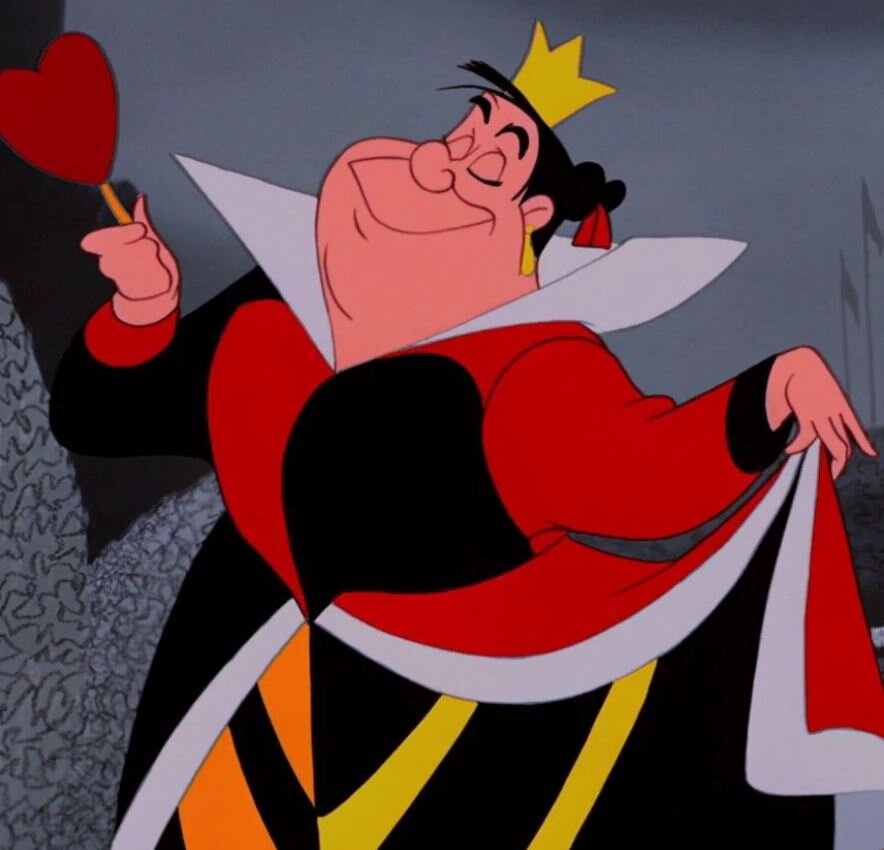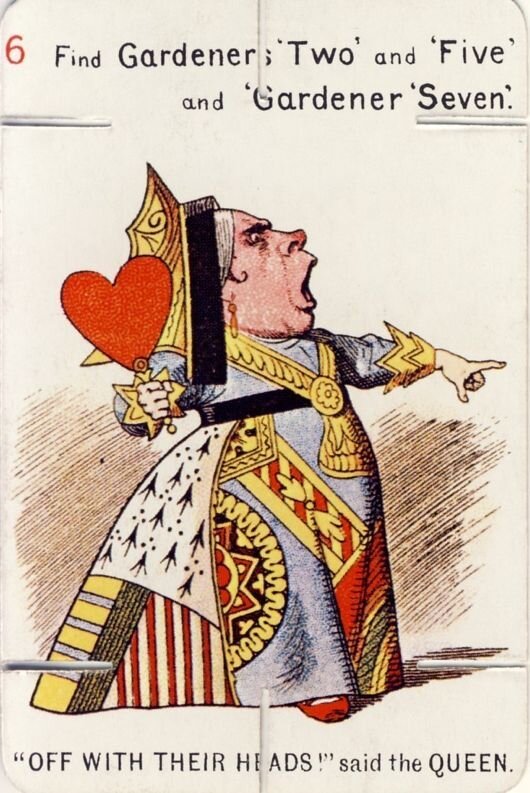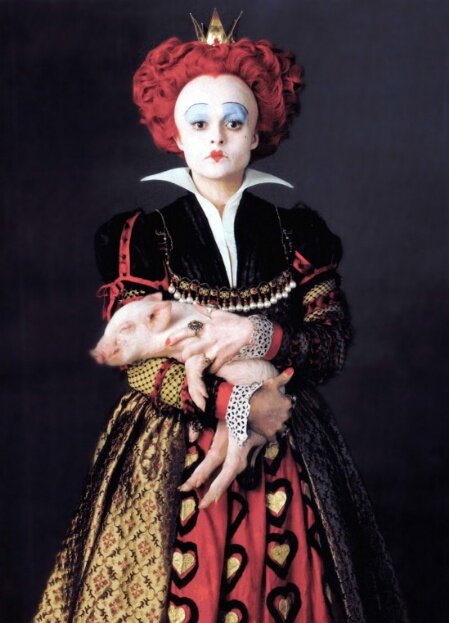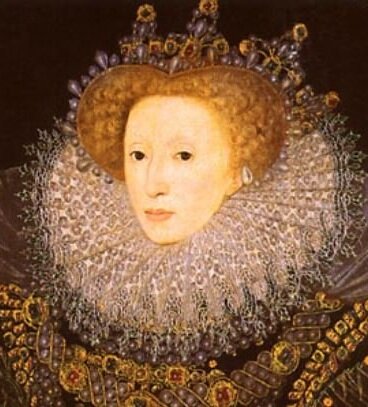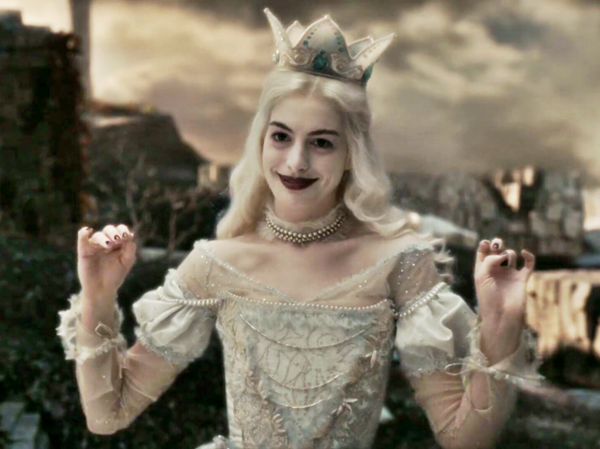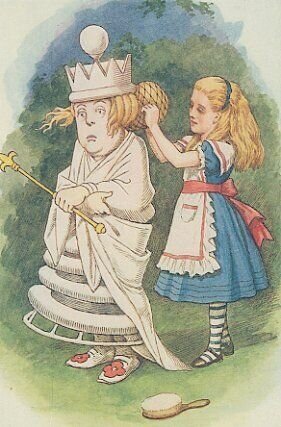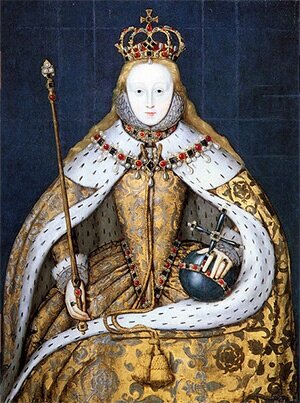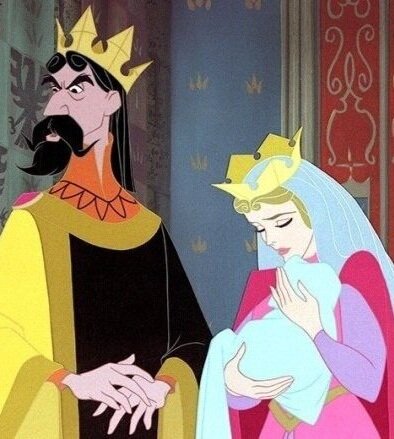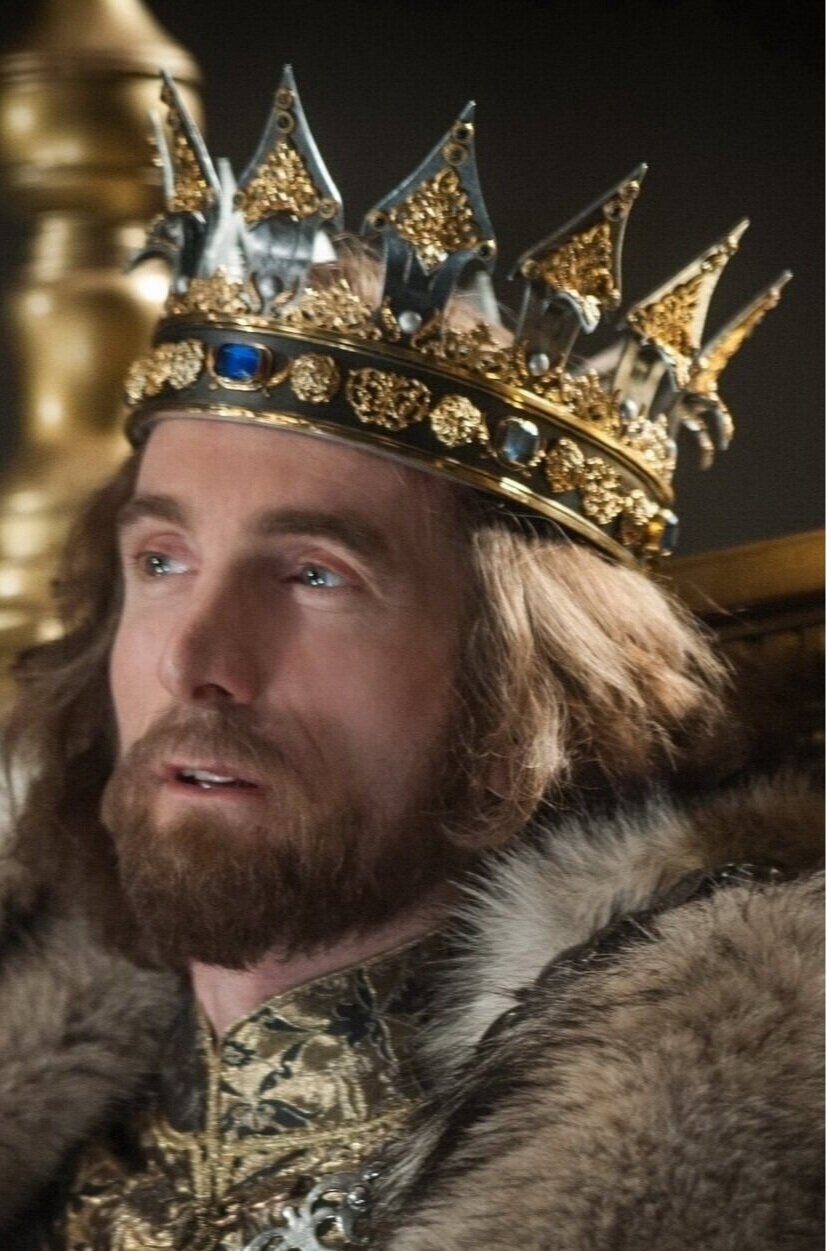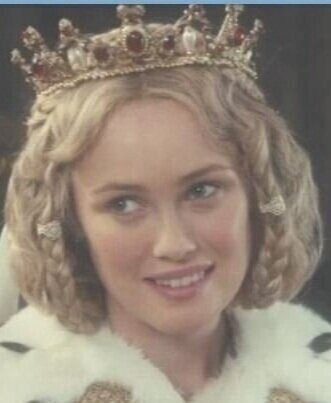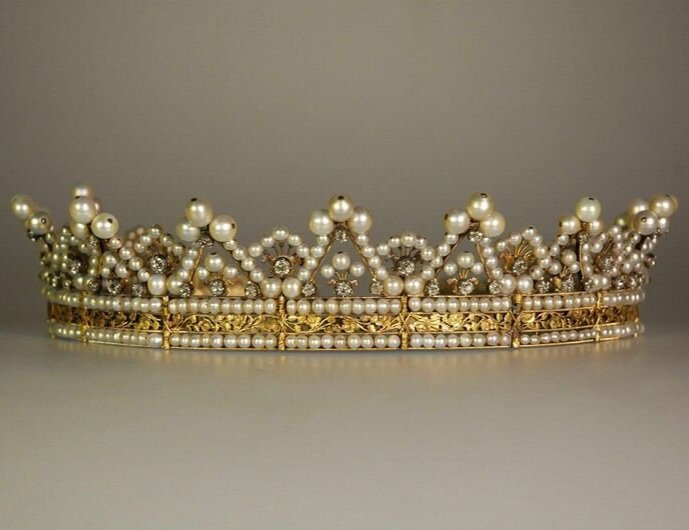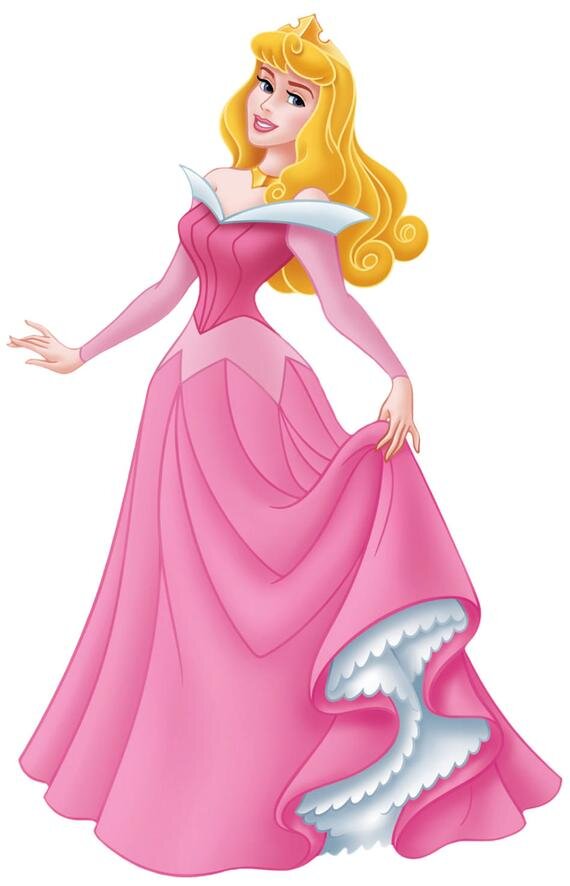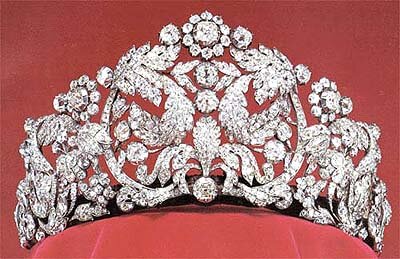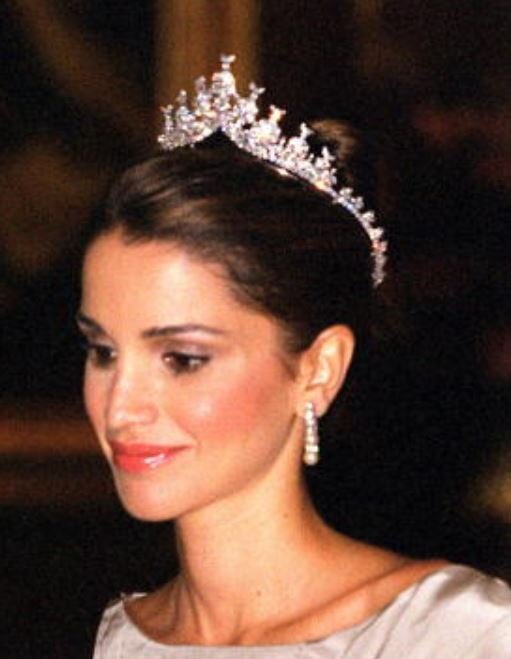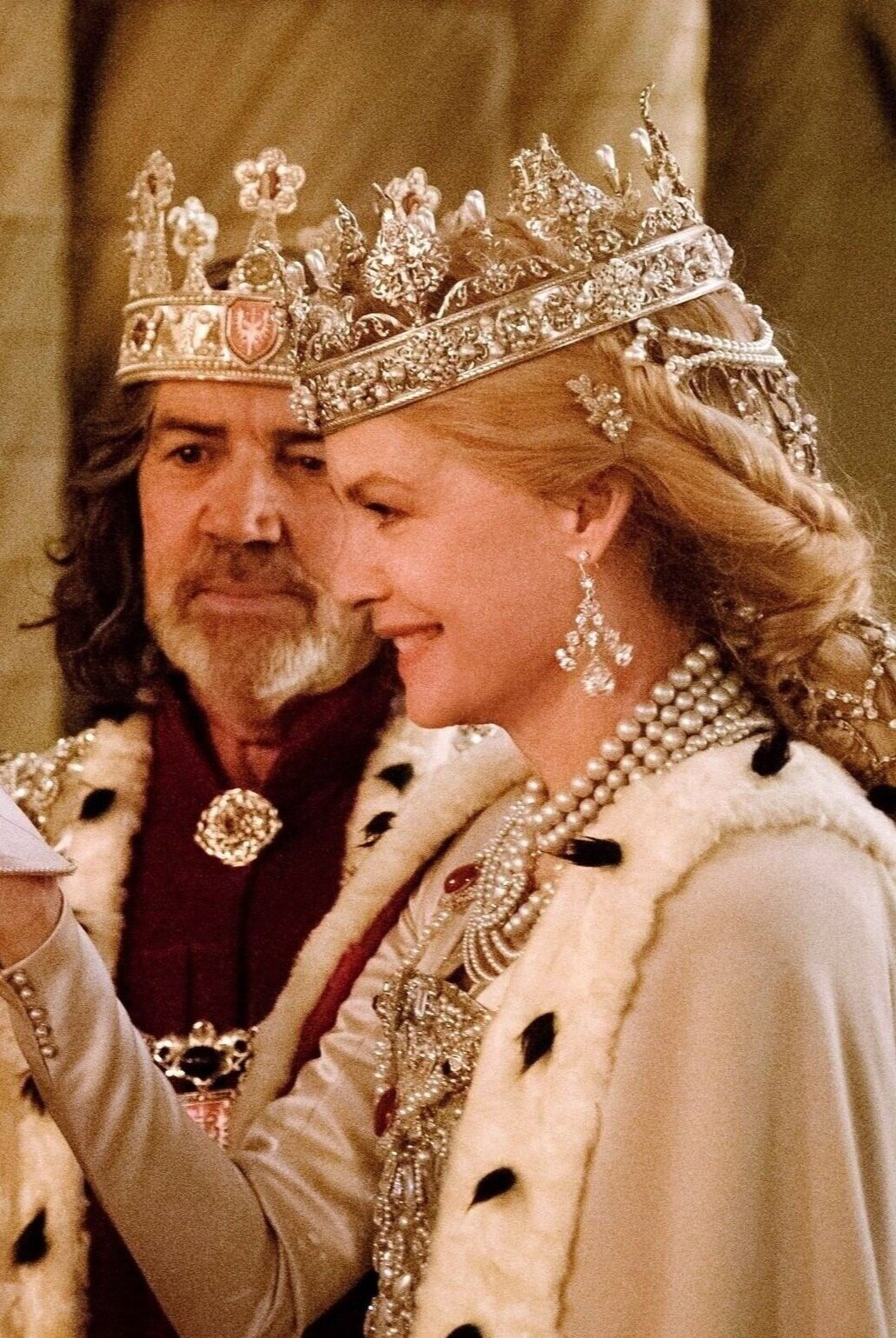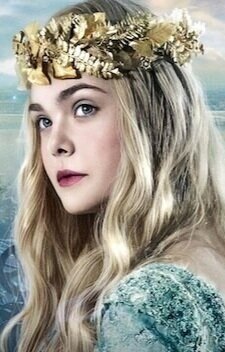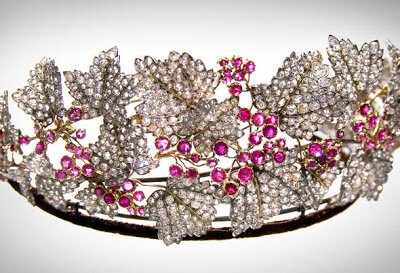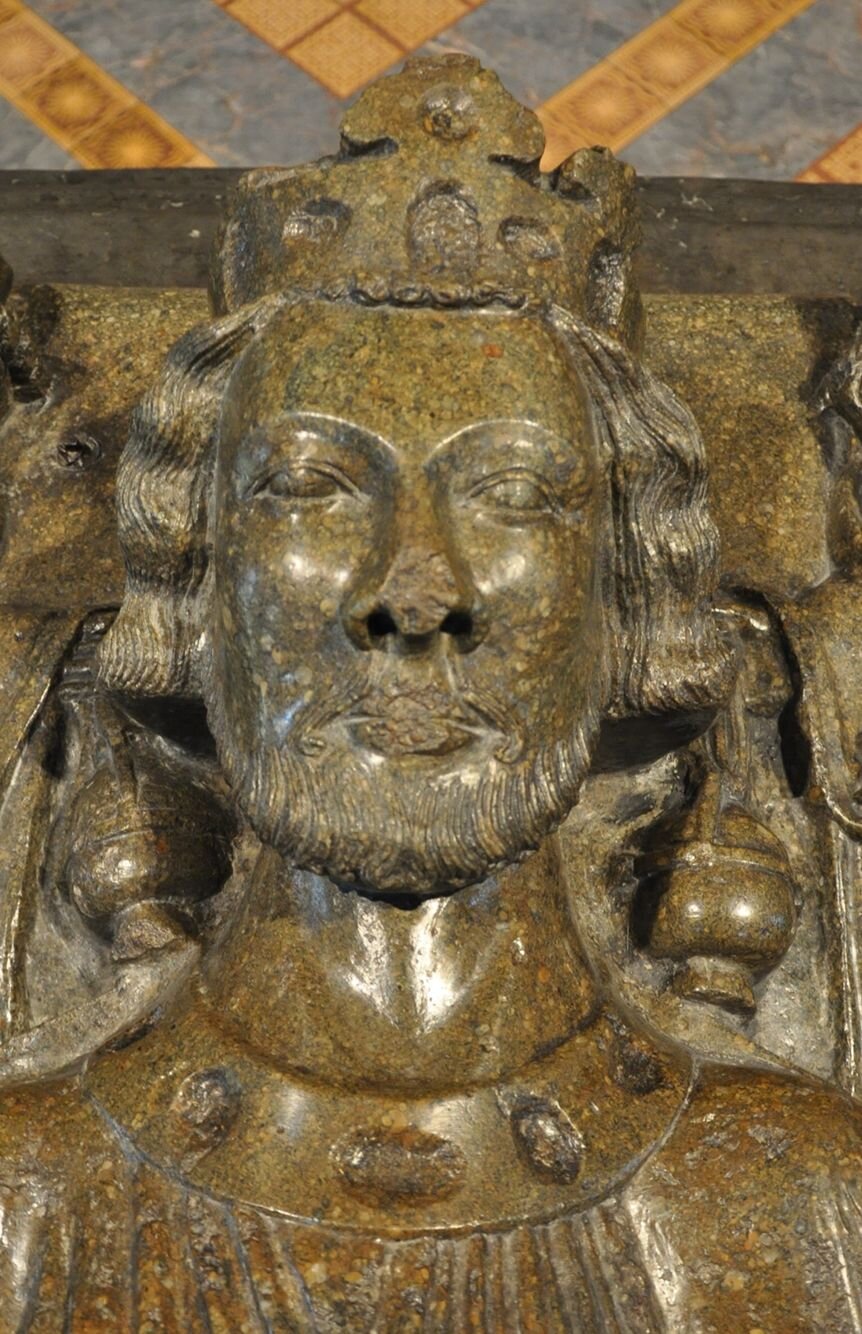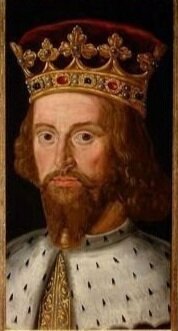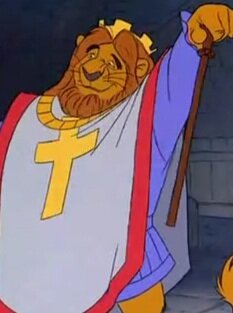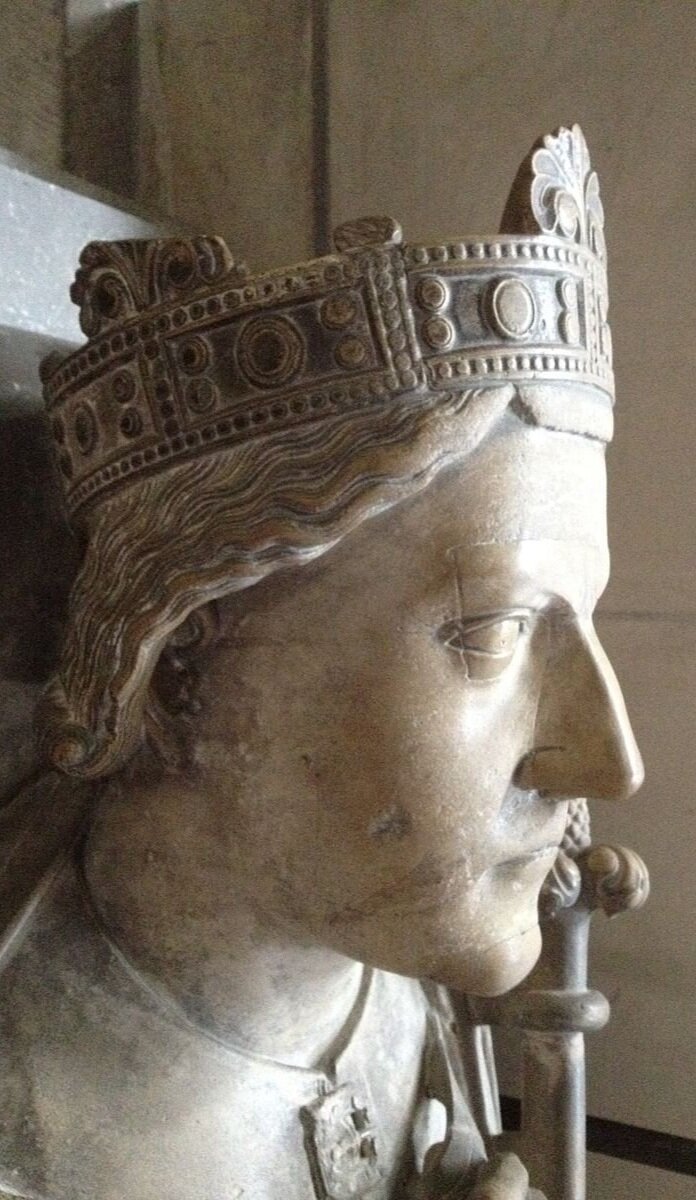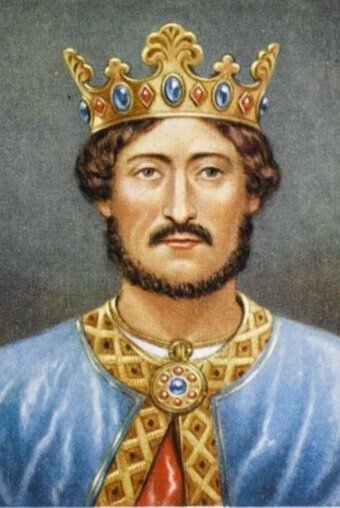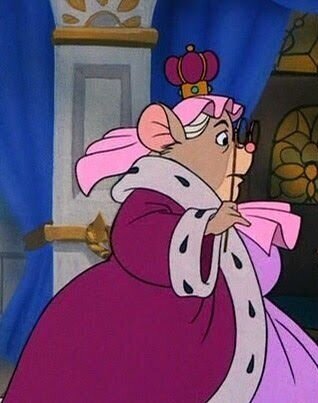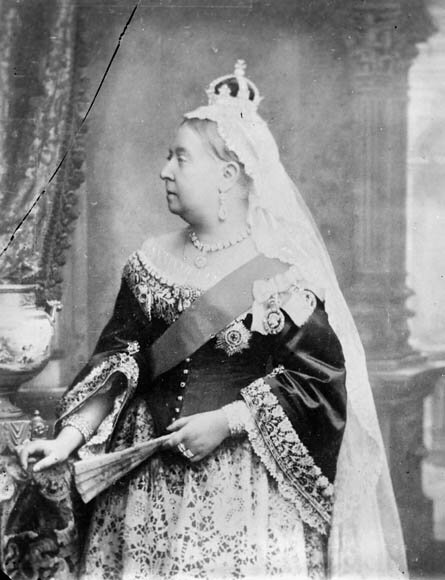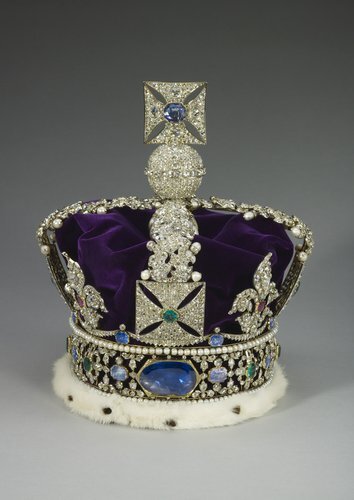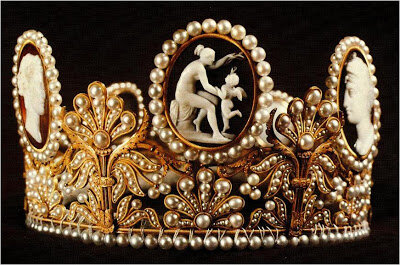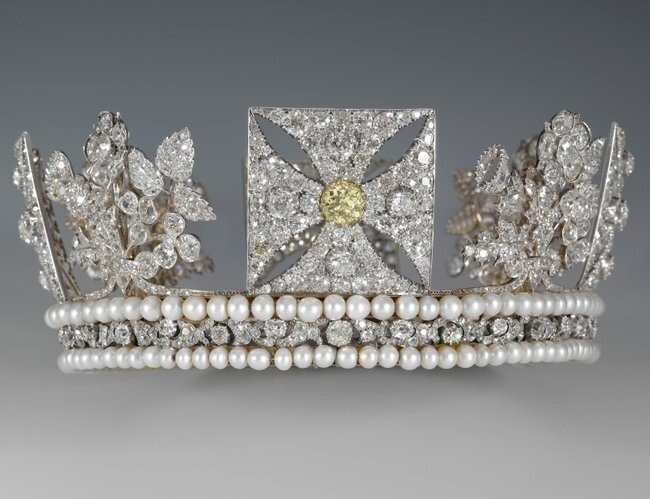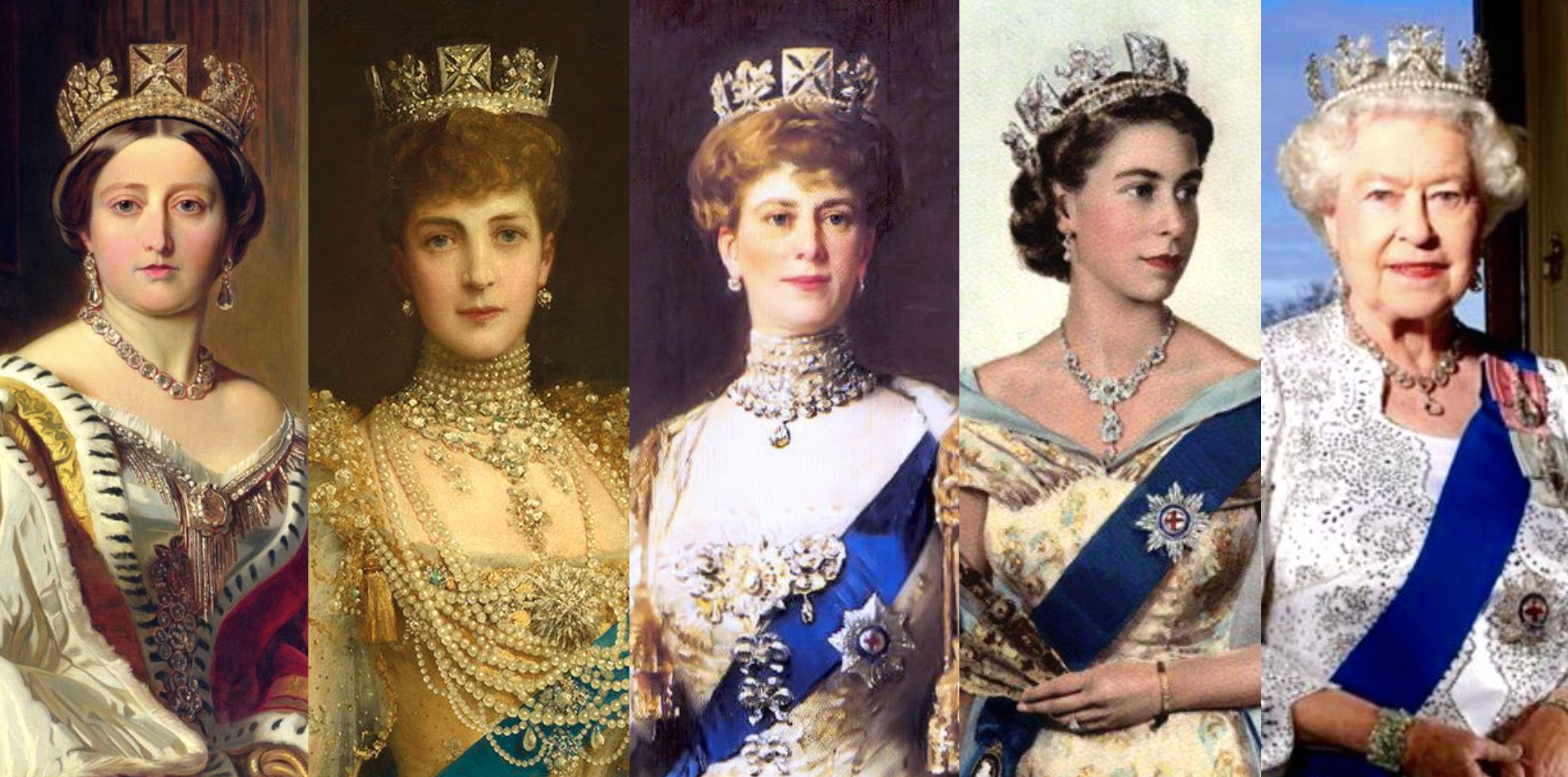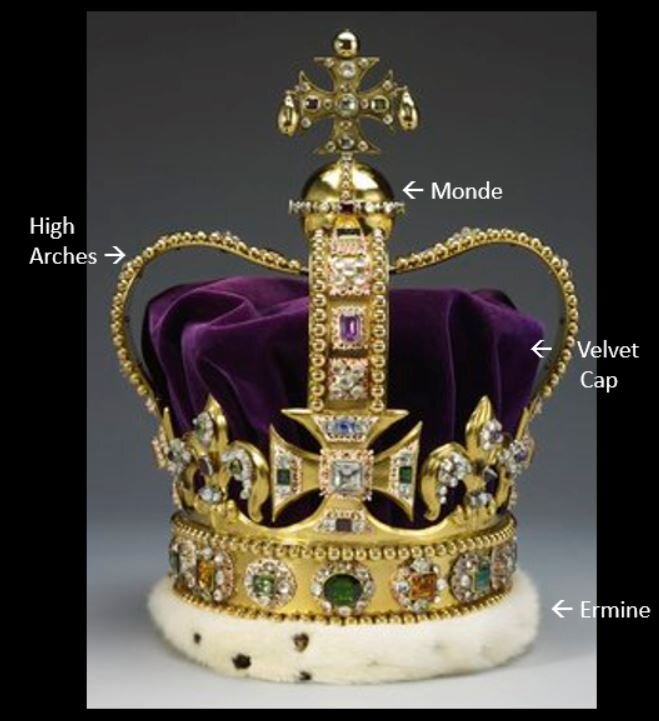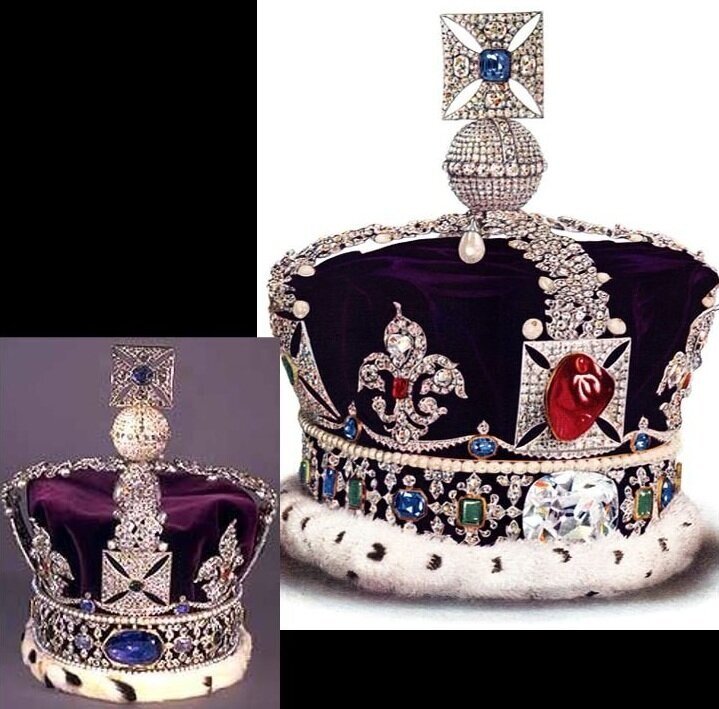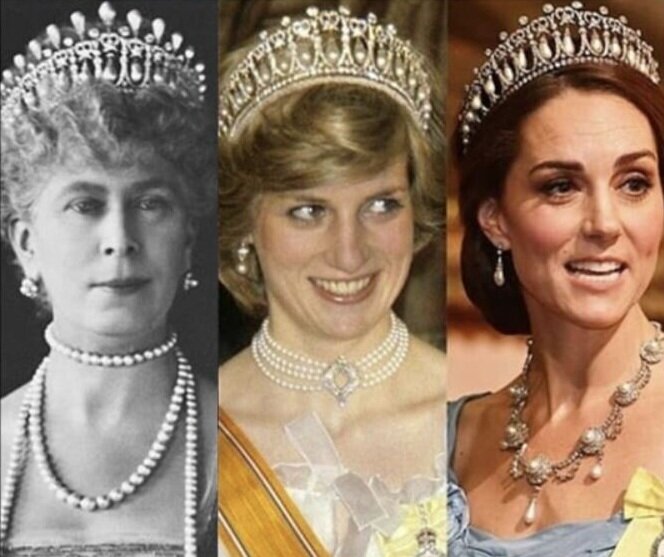Season 3 Tiaras of The Crown
All My Posts on The Crown
S3: 1 & 2: “Olding” & “Margaretology” 3: “Aberfan” 4: “Bubbikins, 5: “Coup” 6: “Tywysog Cymru” 7: “Moondust" 8: “Dangling Man” 9: “Imbroglio” 10: “Cri de Coeur”
S4: 1: “Gold Stick” 2: “The Balmoral Test” 3: “Fairytale” ( + Cinderella References) 4: “Favourites” 5: “Fagan” 6: “Terra Nullius” 7: ”The Hereditary Principle” 8: “48:1” 9: “Avalanche” 10: “War”
The Medals, Sashes, and Tiaras of The Crown; Tiaras/Crowns Overviews: Season 1 ; Season 2
Other Posts about Crowns and Tiaras:
Diadems, Tiaras, and Crowns, Oh My! - an overview of types, definitions, and purposes
Disney Crowns and Tiaras: Historical and Modern Inspirations (Part I) - Snow White, Alice in Wonderland (cartoon and live), Sleeping Beauty/Maleficent, Robin Hood, and the Great Mouse Detective
Disney Crowns and Tiaras: Historical and Modern Inspirations (Part II): Cinderella, Little Mermaid, The Princess and the Frog, and The Sword in the Stone!
Elizabeth in The Crown (Olivia Colman) in the opening scene of S3, looking at stamps based off of S1-S2 actress Claire Foy and S3-S4 actress Olivia Colman. Both stamp portraits are wearing replicas of the George IV diadem.
S3E1 Olding: Season 3 opens with the meta acknowledgement of the actress change from Claire Foy to Olivia Colman as portrayed in the new stamp portraits. Both portraits feature the George IV diadem. (Of interest: The Court Jeweller pointed out that the stamps actually changed out in 1967, when this scene is set in 1964).
In real life, the stamp design was changed for practical reasons having nothing to do with the Queen’s age. The first stamp design featuring Queen Elizabeth II in 1952 was based on a photo by Dorothy Wilding which featured the Queen in three-quarter shoulder length profile. Stamp designers apparently found it difficult to incorporate the Queen’s profile into new stamps, resulting in some murmurs of removing the Queen from the stamps altogether. Instead, they switched to a more direct profile that worked better for design purposes. This version, which debuted in June 1967, uses of a plaster bust design made by Arnold Machin based off of photos by John Hedgecoe. This is still the profile of the queen used on stamps today. (Source: Postal Museum)
L to R: the original Dorothy Wilding photograph stamp, the new Andrew Machin design stamp, and a modern stamp with the queen’s profile on it.
Later in the episode, the Queen wears an odd made-up tiara at the art exhibition. It’s like, very Disney princess and doesn’t actually resemble any of the queen’s real tiaras.
L to R: Elizabeth in The Crown, wearing an invented tiara; Margaret in The Crown wearing a replica of the Poltimore tiara; the real Princess Margaret wearing the Poltimore tiara in a bathtub taken by her then husband Lord Snowden in 1962 and at an event (Credit: Reginald Davis / Shutterstock).
S3E2 Margaretology: During Margaret’s fabulous 1965 American tour montage, she wears a replica of the Poltimore tiara for a photo shoot with her in the bathtub. This refers to a very famous photo of Margaret that was actually taken by her photographer husband Antony Armstrong-Jones in 1962. In the full shot, you can actually see Antony in the mirror behind Margaret right in the corner of the photograph. The actual photo didn’t come out until 2006, four years after Margaret’s death. (Source: Town and Country)
Margaret also wore the Poltimore tiara at her wedding and at several other events.
L to R: Elizabeth in The Crown; Queen Elizabeth II; The Queen Mother; Princess Elizabeth (the future Queen)(Credit: Hulton Archive / Getty); Princess Anne (Credit: PA Images / Getty); Princess Beatrice (Credit: Getty)
S3E3 Bubbikins: On a state visit, the queen wears a replica of Queen Mary’s fringe tiara. This is a real tiara, but as the Court Jeweller points out, the Queen didn’t own this tiara in the 1960s. The Queen Mother owned it at the time, but eventually bequeathed it to her daughter Elizabeth in 2002. Fun fact: Then-Princess Elizabeth wore it for her wedding in 1947, her daughter Princess Anne borrowed it for her wedding in 1973, and Elizabeth’s granddaughter Princess Beatrice (Prince Andrew’s daughter with Sarah Ferguson) wore it for hers in 2020.
L to R: Prince Charles at his investment as Prince of Wales in The Crown; the real life Charles in his investment portrait (Credit: Bettmann / Getty); the investment coronet (Credit: Royal Collection Trust).
Episode 6 Tywysog Cymru: Charles is invested as Prince of Wales at Cardiff Castle in this episode and sports a jaunty new coronet as part of that. Although a Prince of Wales coronet had been made for Prince Edward in 1911, along with various other ceremonial accoutrements (rod, ring, sword, and a robe with doublet and sash), a new coronet had to be made for Charles, as Edward (also known as David) had taken his coronet with him when he went into exile post-abdication in 1936. Apparently, the royal family was much more willing to make a new coronet than talk to Edward to get the old one back. (Source: Town and Country)
The new coronet design was deliberately modern and simple. A more extravagant design was previously rejected as out of touch with a lot of the economic struggles happening in the country at the time.
Charles also wore a crown while playing Richard II in the episode. Although this was obviously just a theater prop, it actually does have some real similarities to the original crown worn by Richard II. Both are gold, open crowns topped with fleurons. (Source: Richard II’s Treasure)
L to R: Prince Charles playing Richard II in The Crown; Charles’s play crown in The Crown; Richard II’s portrait
Episode 9 Imbroglio:
The Queen, Queen Mother, and Princess Margaret all wear invented tiaras at Elizabeth and Philips’s 25th anniversary celebration. In real life, this was celebrated with a luncheon in November 1972, not a fancy formal dinner like that shown in The Crown.
The Court Jeweller referred to the Queen Mother’s made up tiara as an “invented diamond scroll tiara.” It really doesn’t look like any other crowns I’ve seen.
Princess Margaret is wearing a made up ruby tiara. The Court Jeweller points out that Margaret had plenty of tiaras, but no ruby tiaras (however, her engagement ring was famously a ruby).
L to R: Elizabeth wearing an invented tiara in The Crown; the Queen Mother wearing an invented tiara in The Crown; Margaret wearing the same invented tiara on a promotional poster for The Crown that she wore in the anniversary dinner scene.
Episode 10 Cri de Coeur: Although none of the characters wear tiaras or crowns in this episode, we do get a quick look at a commemorative Silver Jubilee tea towel which shows the Queen wearing the George IV diadem. It’s a slightly odd design, as the Queen appears to be wearing a more casual outfit with her diadem, which is really not a thing that would happen in real life.
I couldn’t find a real tea towel from the Silver Jubilee that actually looks like the one in the show, but it may be a combination of a few different designs and ideas.
The Queen wore several different crowns and tiaras to various events during her Silver Jubilee, including the Vladimir tiara with emerald drops and the Imperial State Crown.
L to R: Antony Armstrong-Jones in The Crown holding up a tea towel with the Queen on it; two real tea towels from the Silver Jubilee; the Queen at a Silver Jubilee event wearing the Vladimir Tiara with emerald drops; the Queen at a Silver Jubilee event wearing the Imperial State Crown (Credit: Hulton Archive / Getty).


